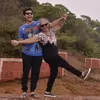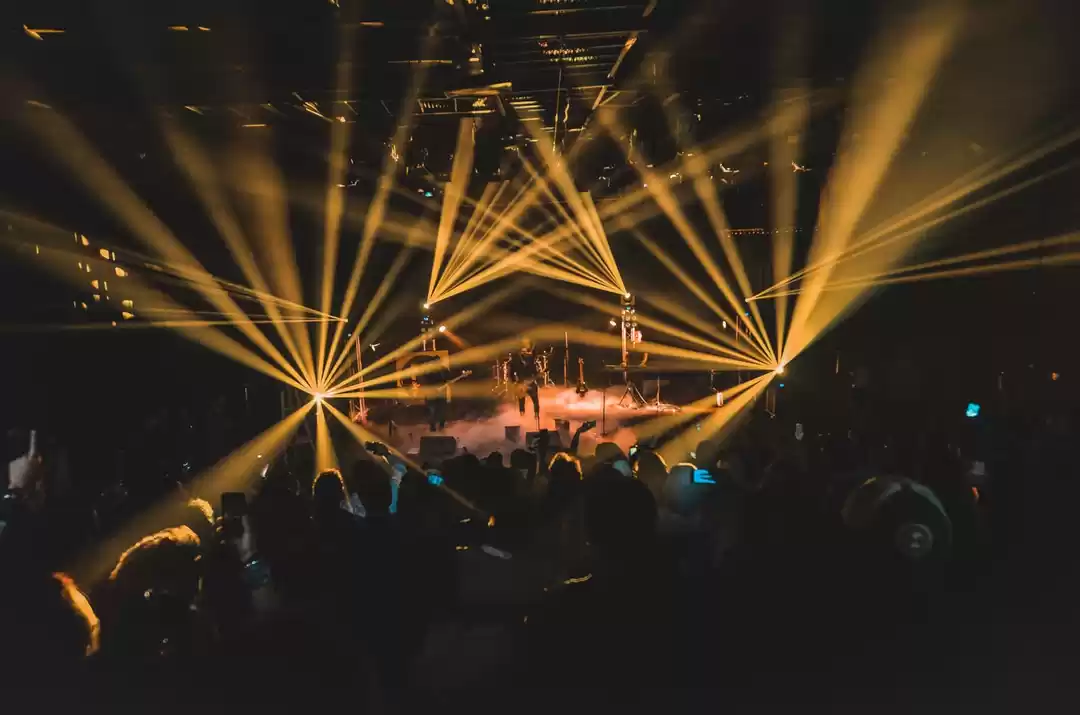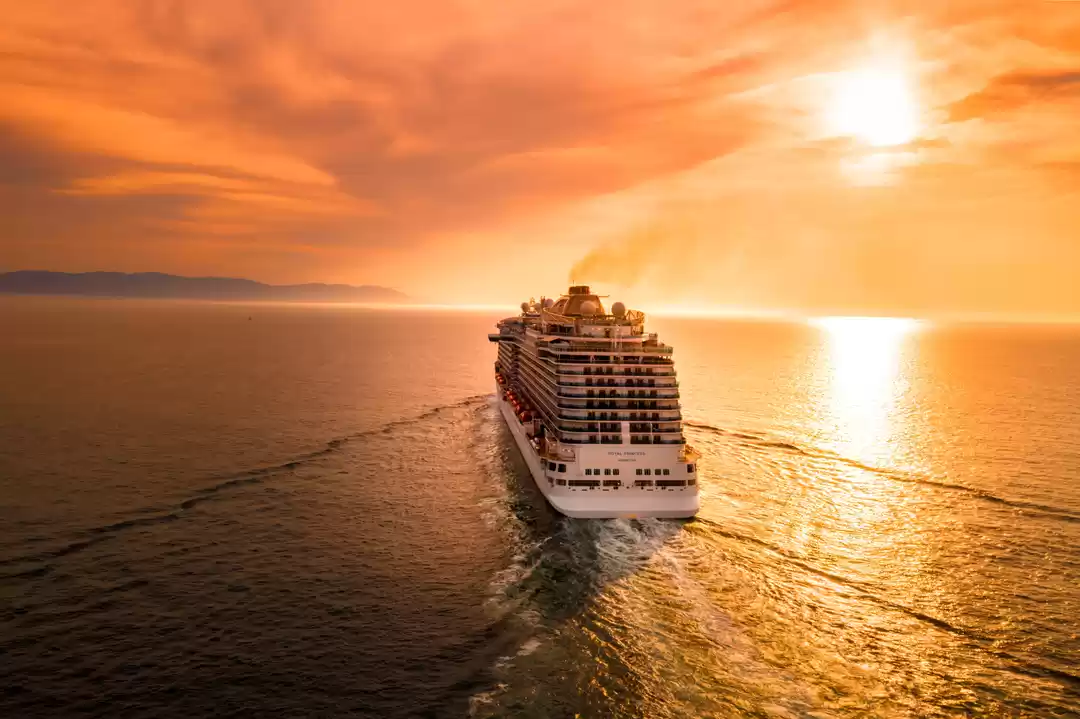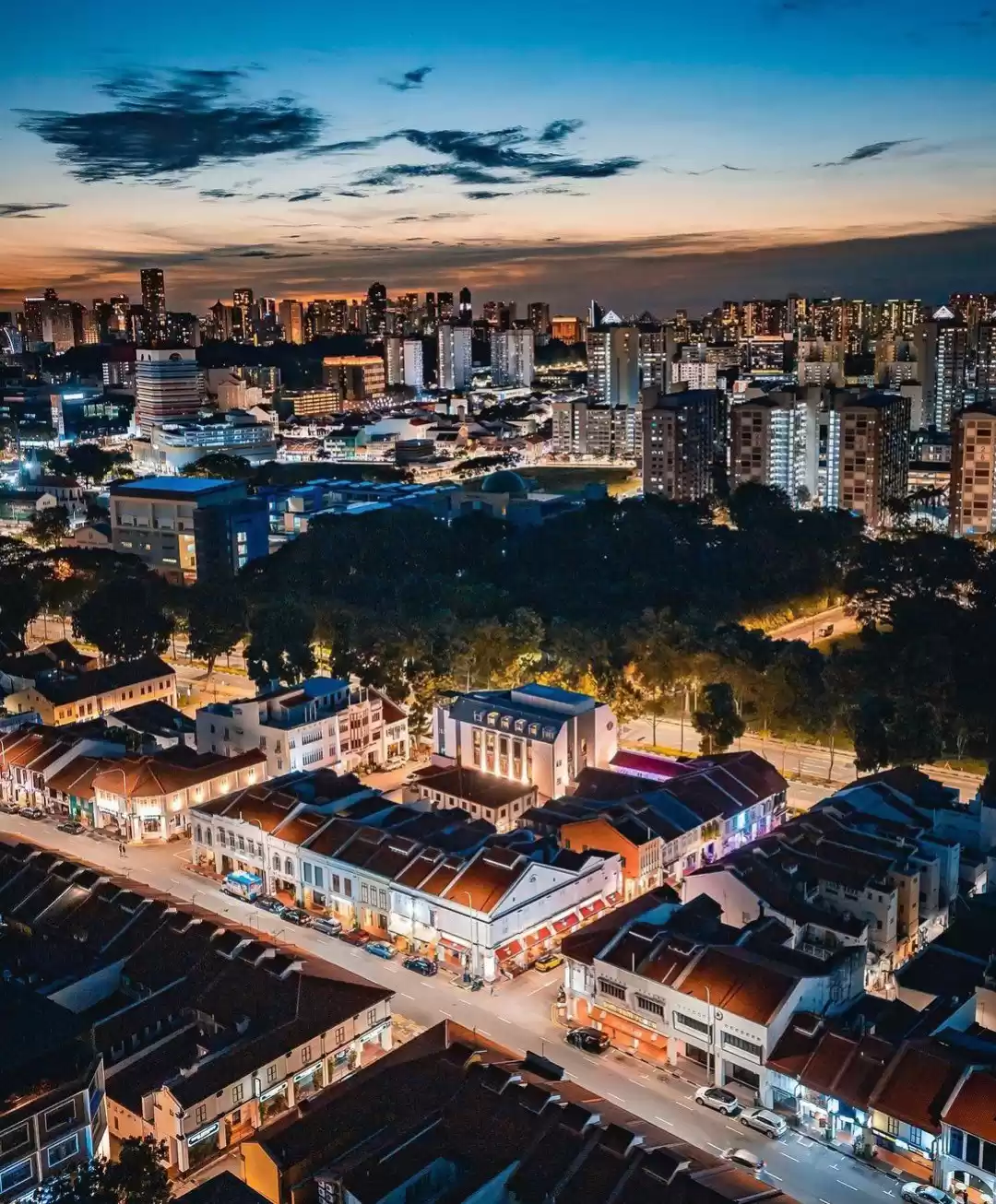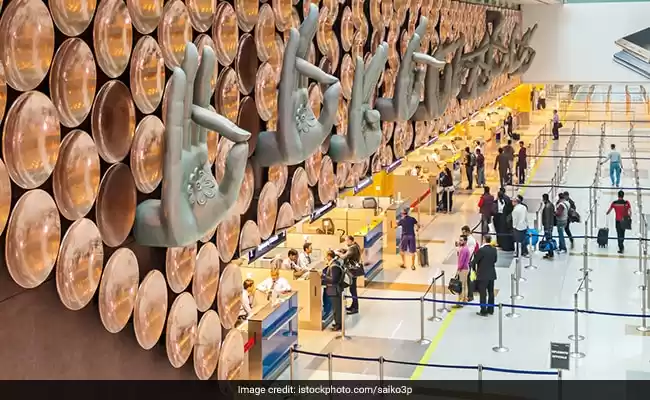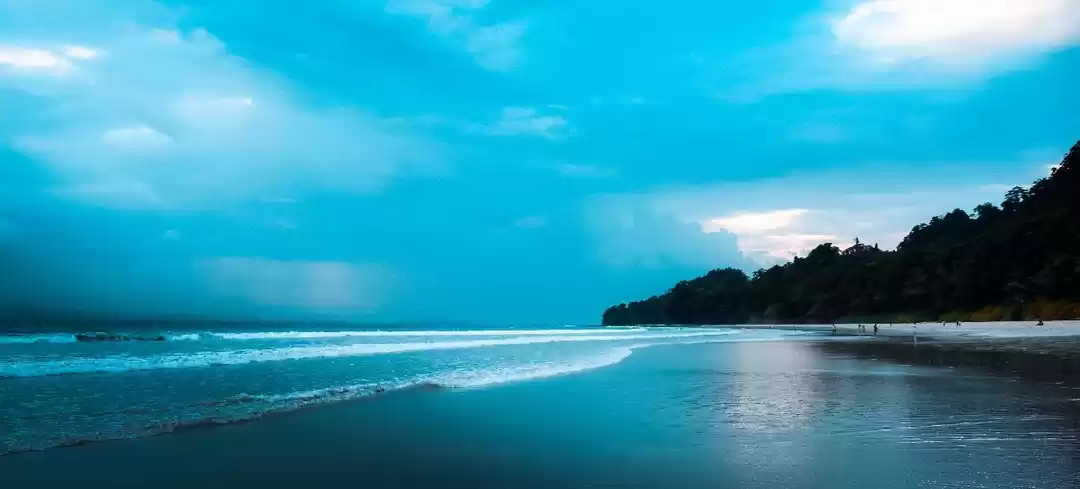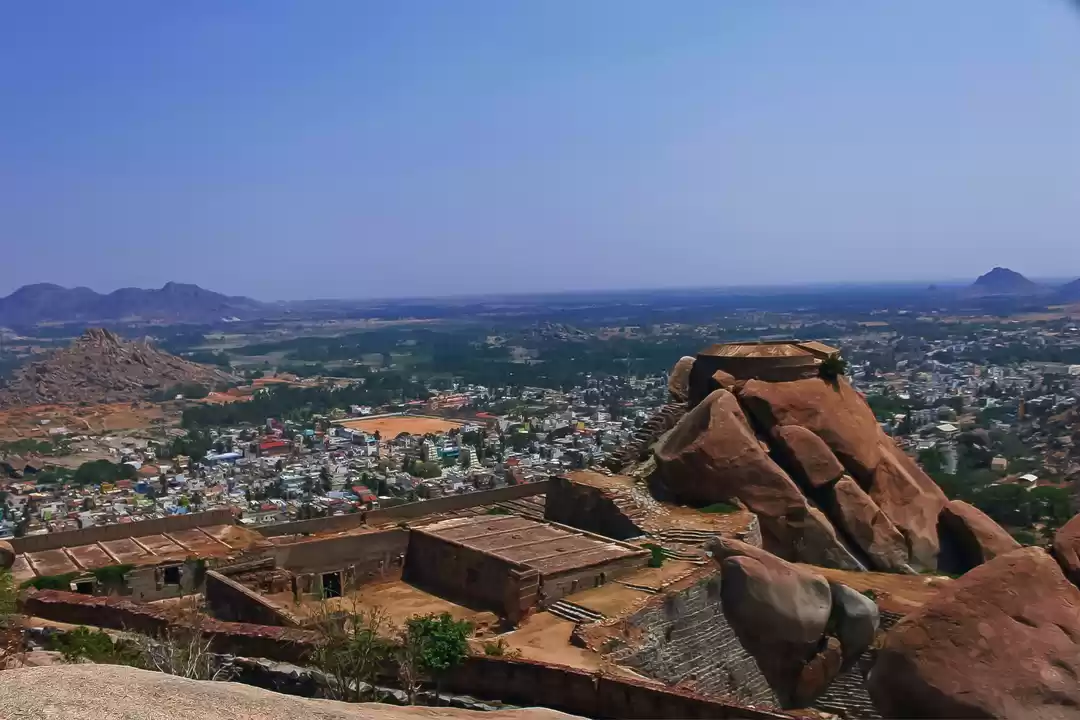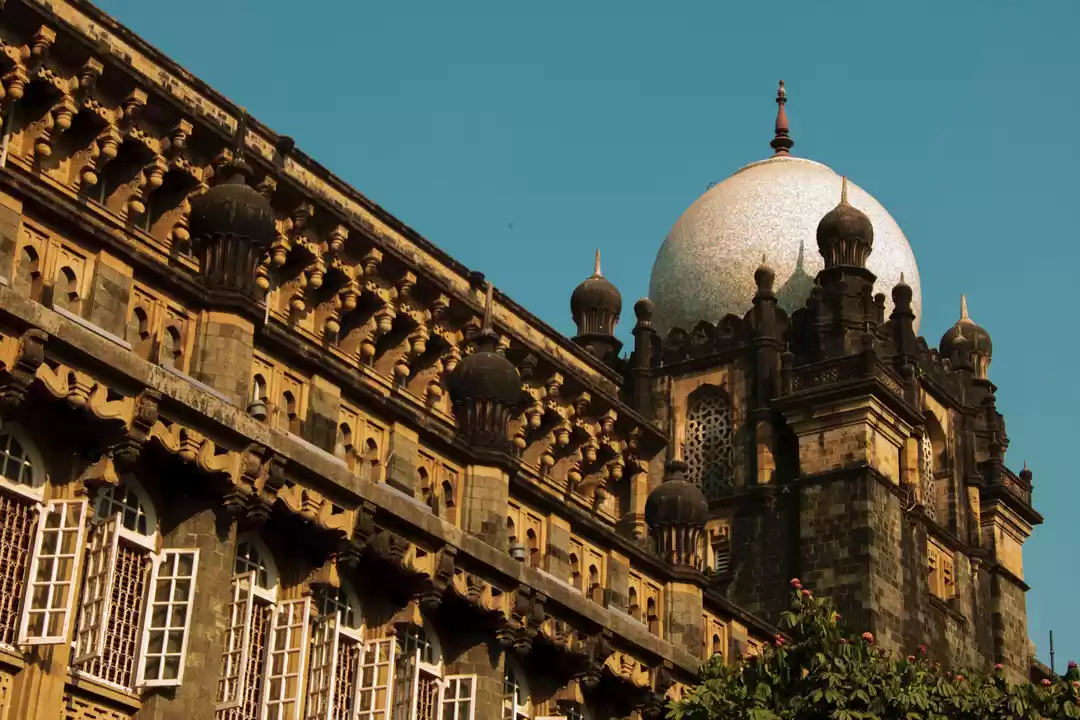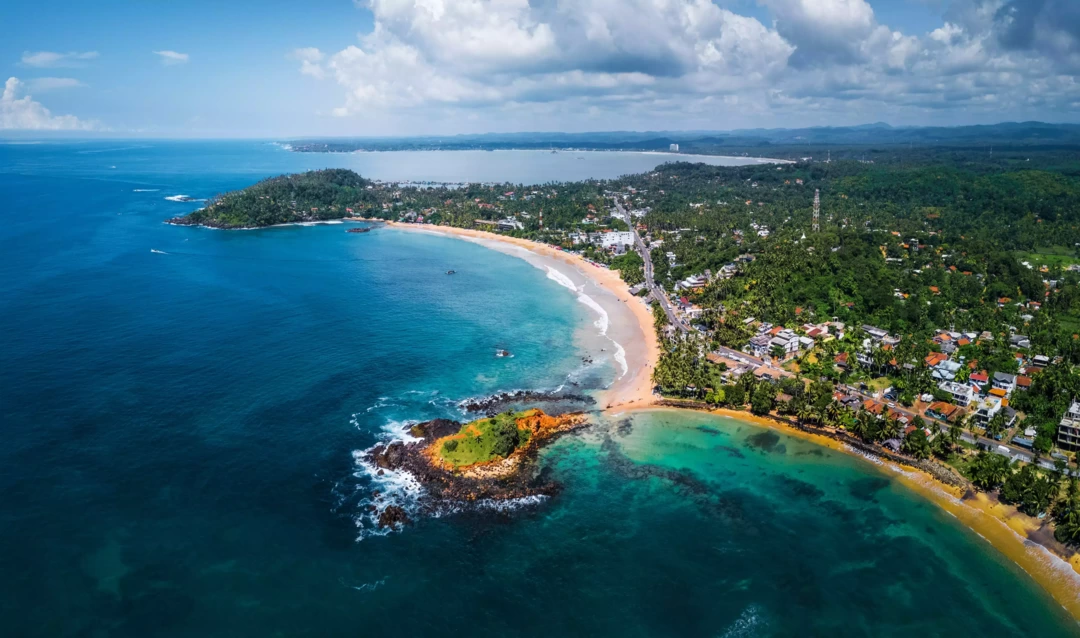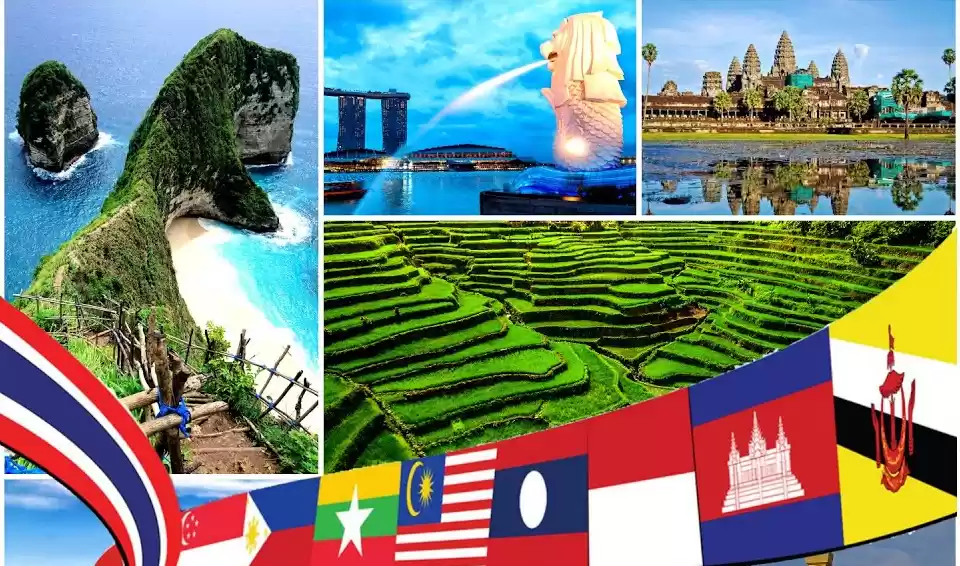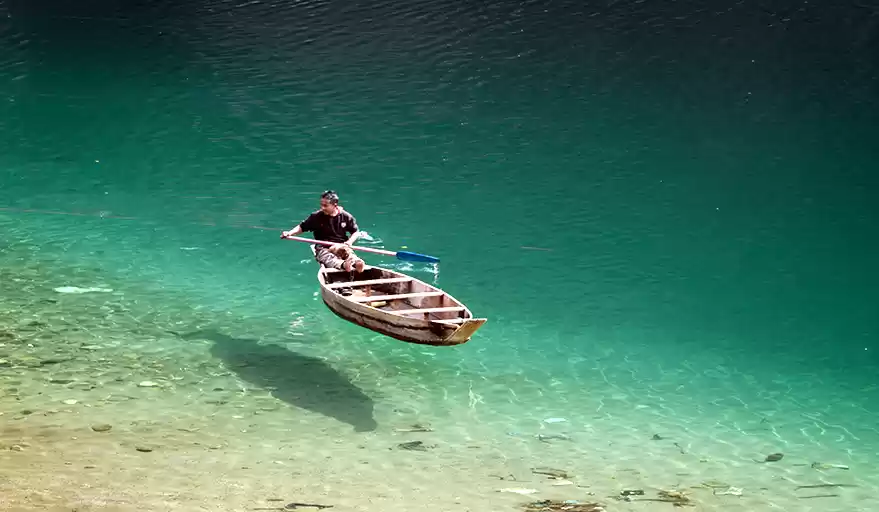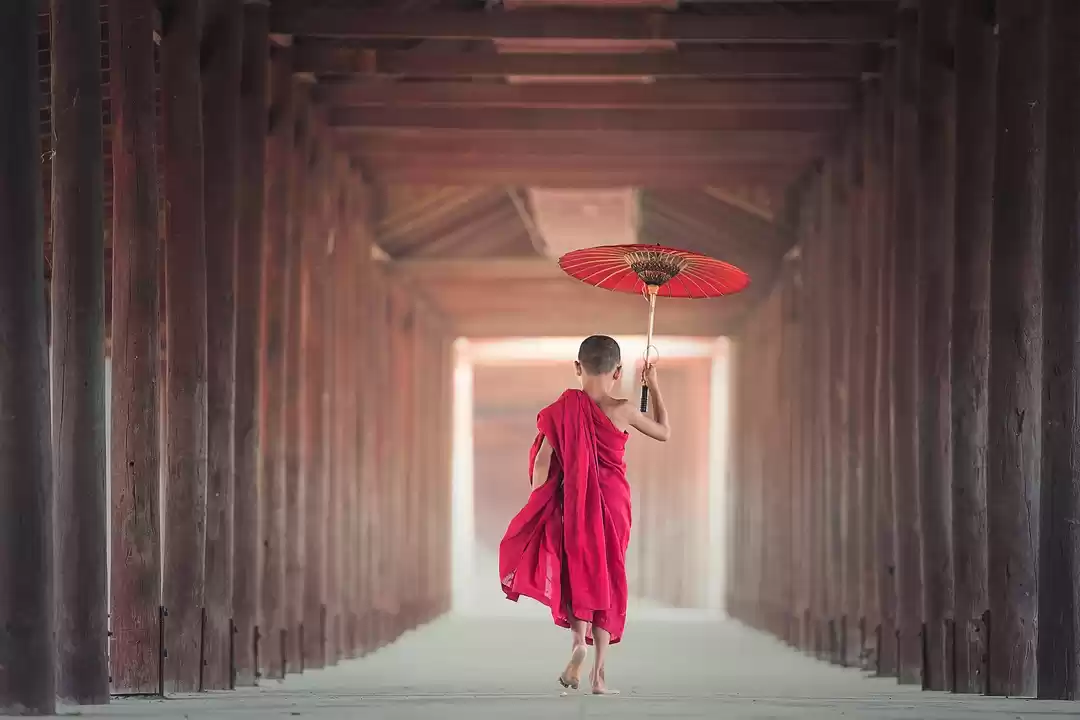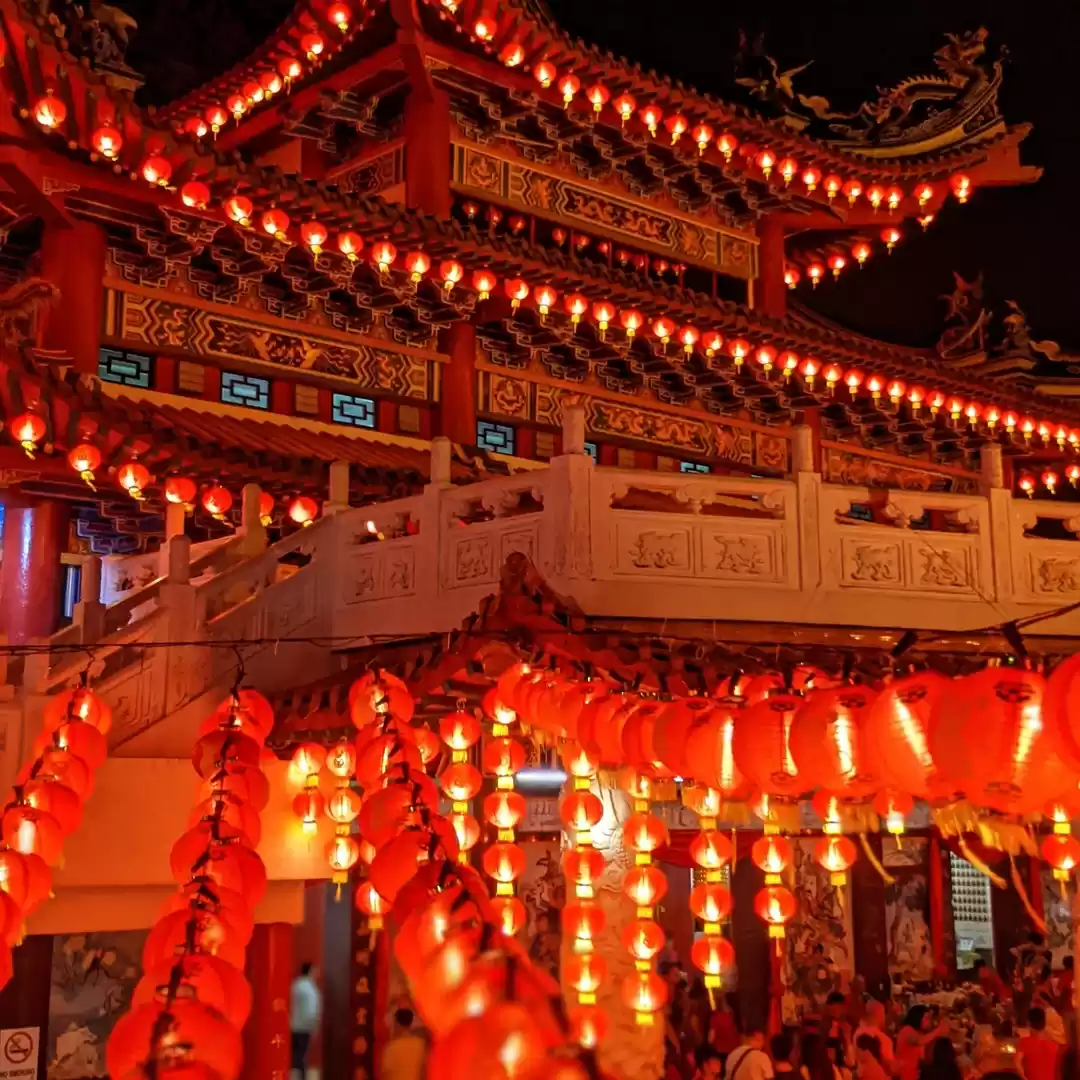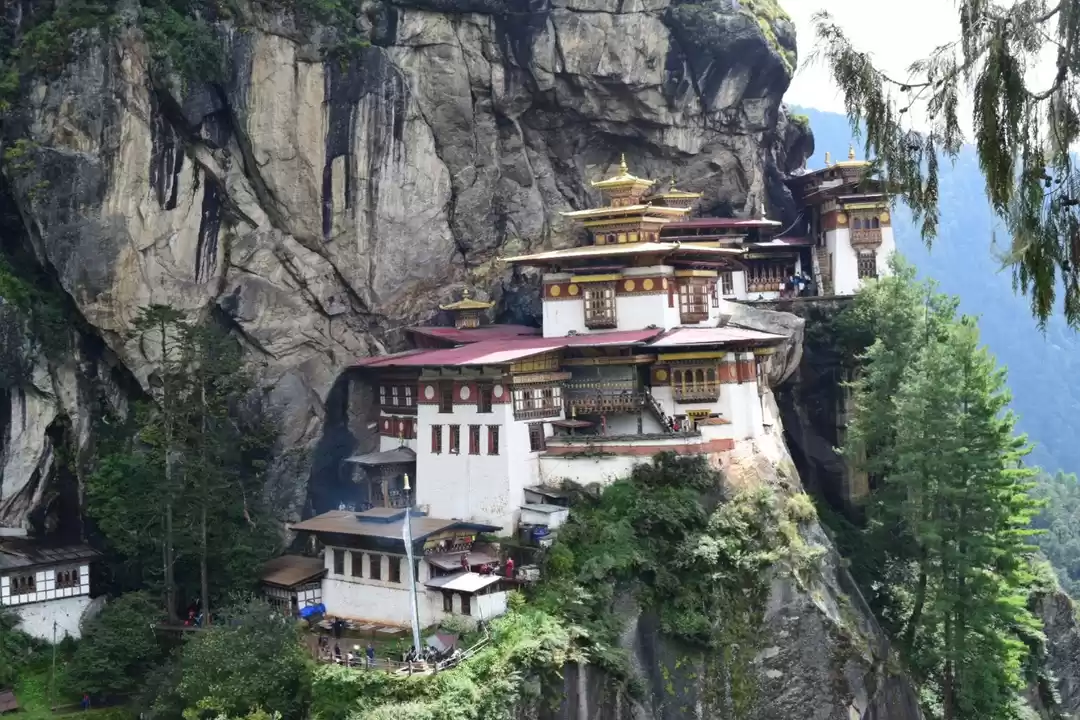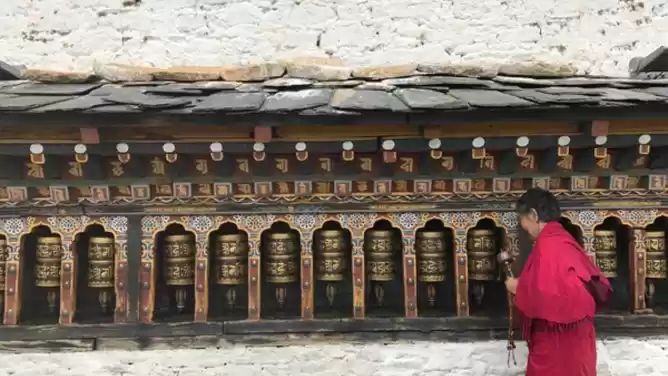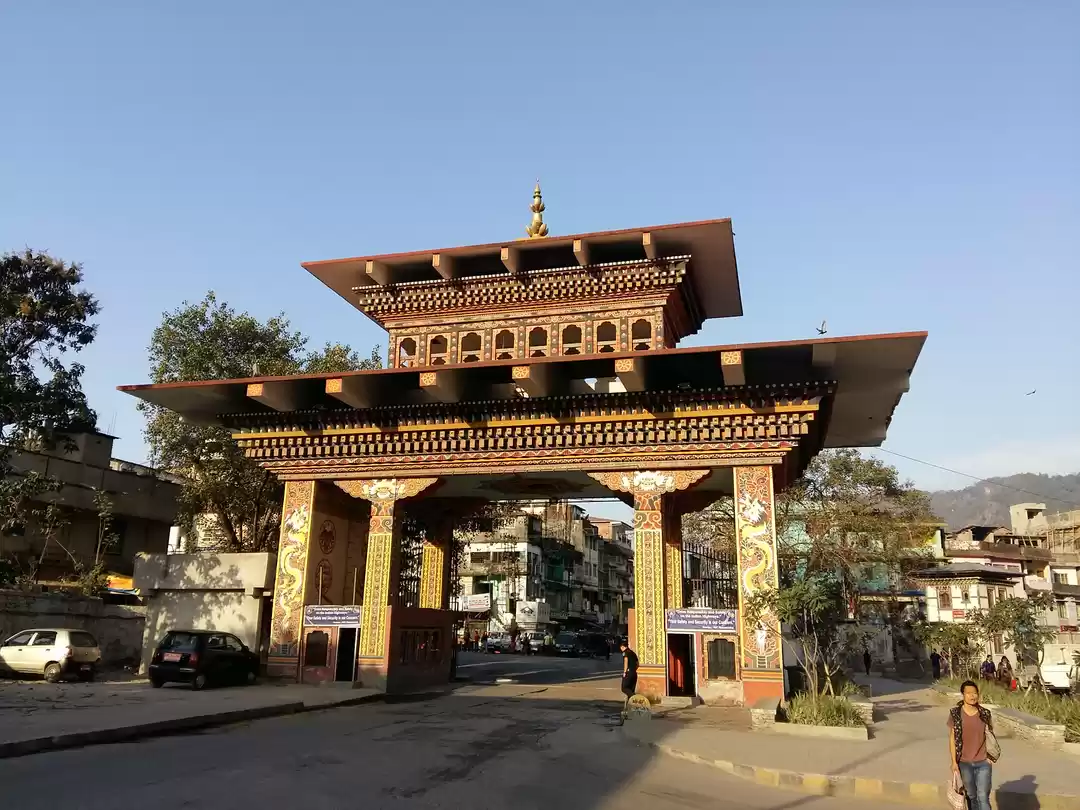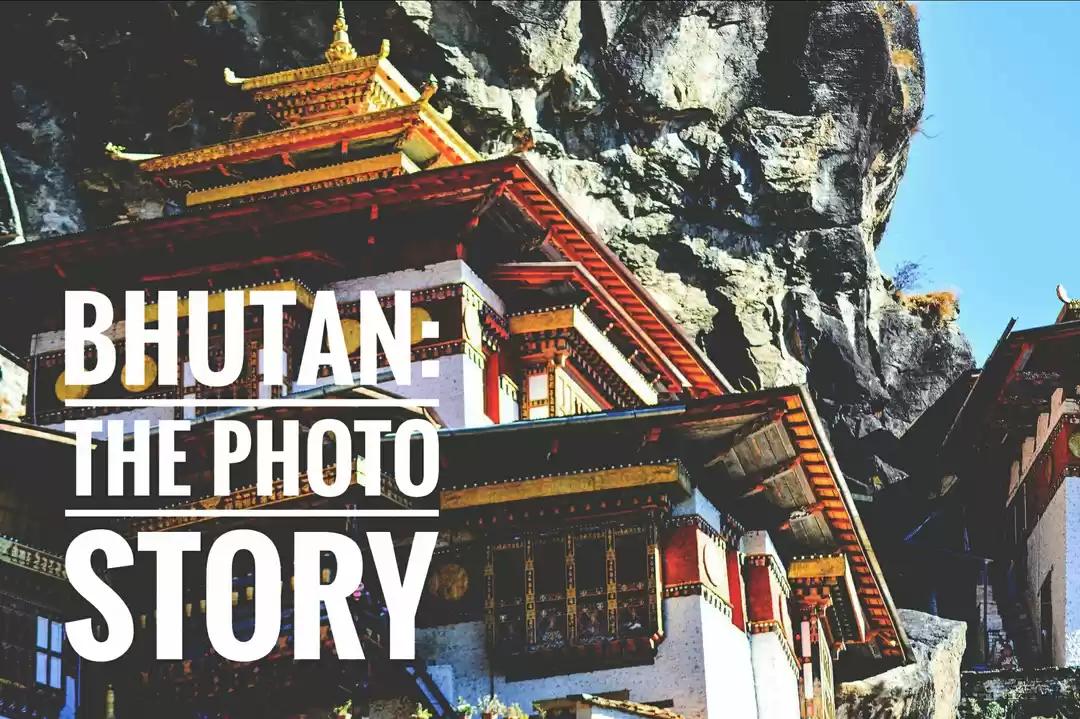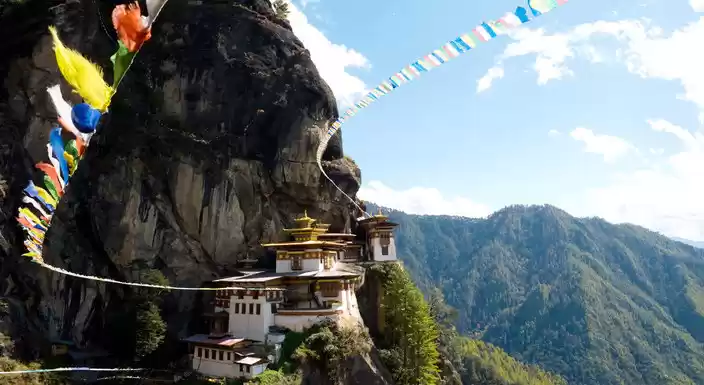"Traveling, it leaves you speechless and then turns you into a Storyteller." - Ibn Battuta
My experience as I tranced through - The Land of the Thunder Dragon - The Royal Kingdom of Bhutan.

How and Why?
Frequent searches leading to this page
Bhutan tour packages price, Bhutan tourism for Indian, Bhutan tour package cost, Bhutan tour plan, Bhutan tours and travels, Bhutan trip cost
Bhutan had been on my bucket list for a very very long while. I have been living in the southern part of the country for a while now, making Bhutan just a difficult and distant dream. Travelling has been a way of life for me and taught me never to miss out on a golden ticket. I recently got back from a short solo trip in/around Hampi (searching for the purpose of life as they say) but I realized I needed more time and had to go the extra mile. The Royal Enfield Tour of Bhutan 2016 came as the calling of a lifetime.
I had neatly scheduled a Happy Diwali with my folks and friends at home hoping to catch up on a hundred things. Soon I got a call from Tripoto - giving me a chance to go on the #TOB2016 and asking if I was available? Well, that was the easiest question to answer in ages. I awaited my biggest adventure.
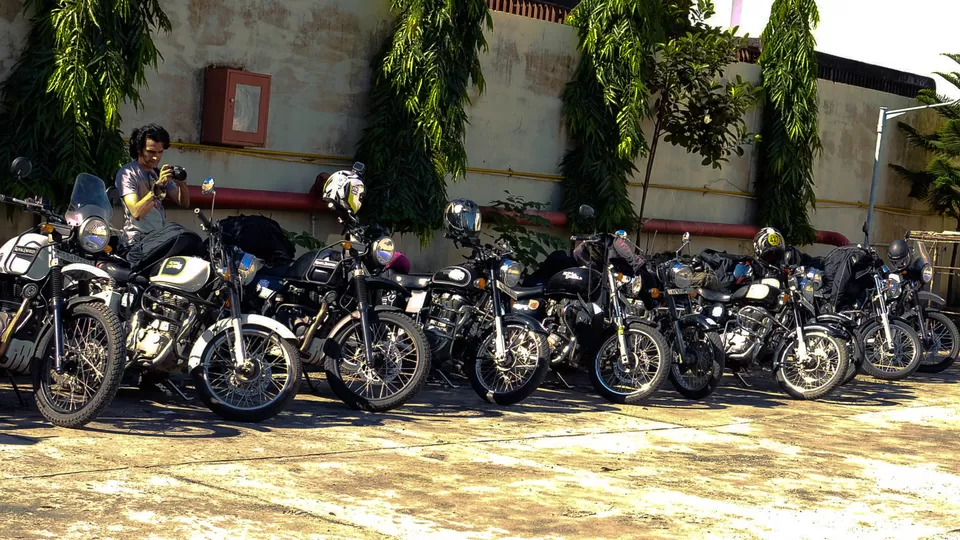
Getting There
Reaching Bhutan is easy for Indians and Bangladeshis as we can apply for a permit and cross the border by land. Other foreign nationals need to pay a fancy $250 per day per head to move around. Nearest domestic airport is Bagdogra and you can take the road through Siliguri and Binaguri to reach Jaigaon.
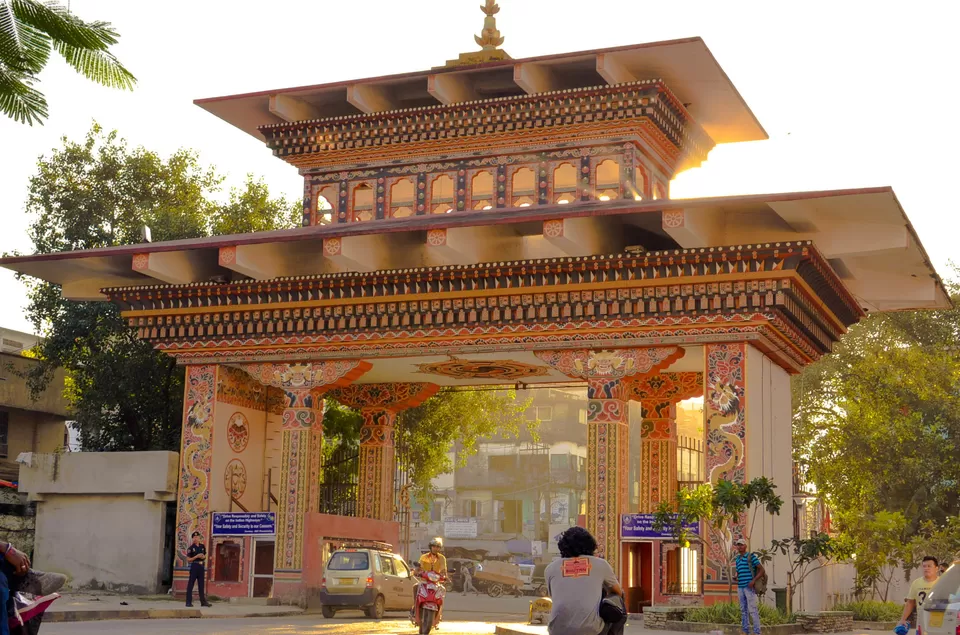
Phuentsholing is the first border town you enter. To win the permit race you have to reach the immigration office well in time. You get a 15 day window in Bhutan, so make the best of it. Taking a Druk-Air flight to Paro is a smoother option if comfort is priority. Passport is not mandatory, any other government authorized document (preferably Voter Id card) will do. Don't forget to carry 2 passport photos for the formalities.
Time & Money
The currency (Ngultrum) is at par with the Indian Rupee sparing you of all the mental math. Also, Indian notes are accepted everywhere making it more convenient. Time Zone is GMT+6 i.e. half an hour ahead of us, so chances are you will always be running late.
Elements of Bhutan
People and Culture
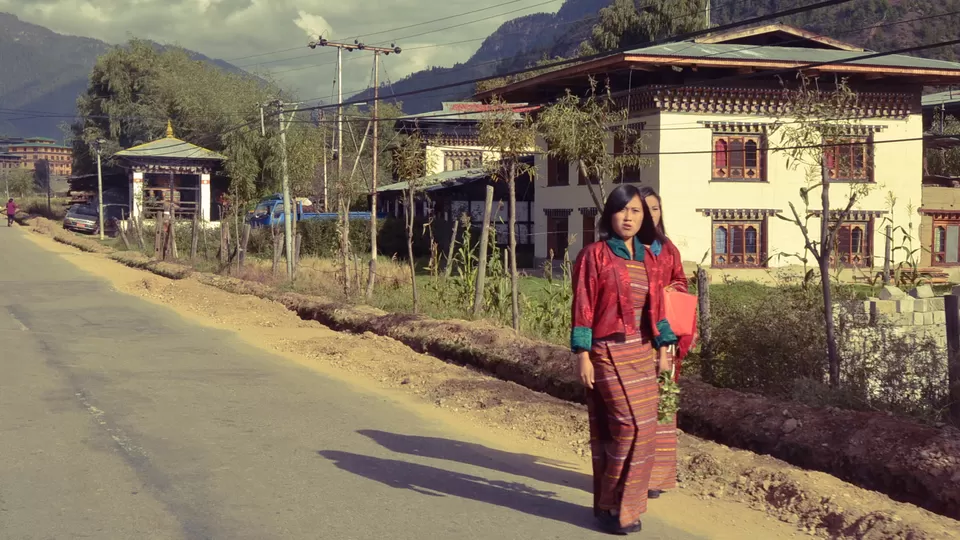
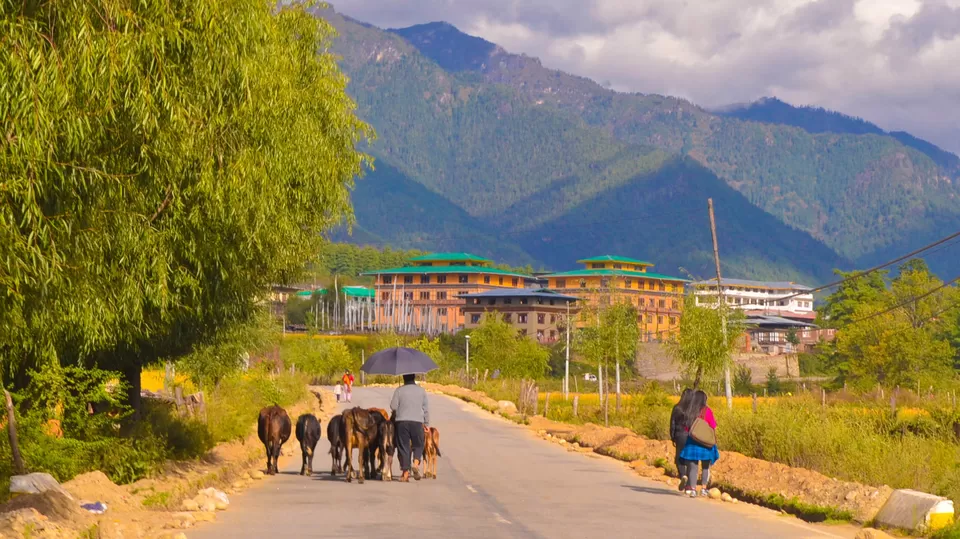
The happiest country truly engulfs you in peace and good vibes. With a population of about 8 lakh people, Bhutan has preserved its culture, traditions and religious practices with a modern attitude towards the changing world.
Natives often wear the traditional outfit, respect their language (Dzongkha) and history, are well behaved and follow rules. They live a good lifestyle driving high segment pick-up trucks, playing carrom and archery (national sport), and enjoying their meals and drinks alike.
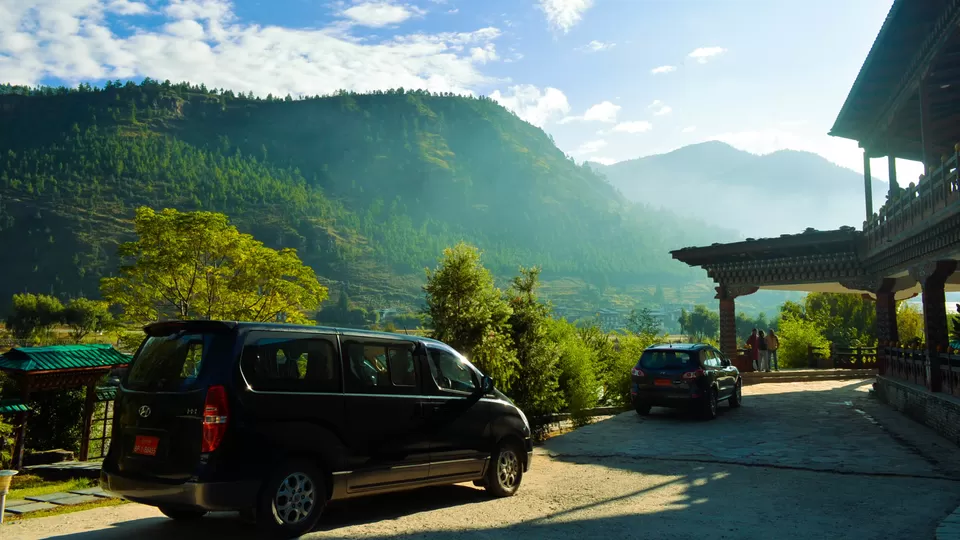
Buddhism is the prominent religion with coloured flags, stupas , and prayer wheels mark main spots in the architecture of cities and towns. Dzongs (fortresses), lhakangs (temples), goenpas (monasteries), chortens (stupas) and suspension bridges form the architecture. Dzongs or houses have a similar structure, same building materials and aesthetic detailing. Sloped roofs, arched windows and timber frames. One of the largest Buddha Rupas, The Buddha Point, is overwhelmingly humbling with its size and beauty.
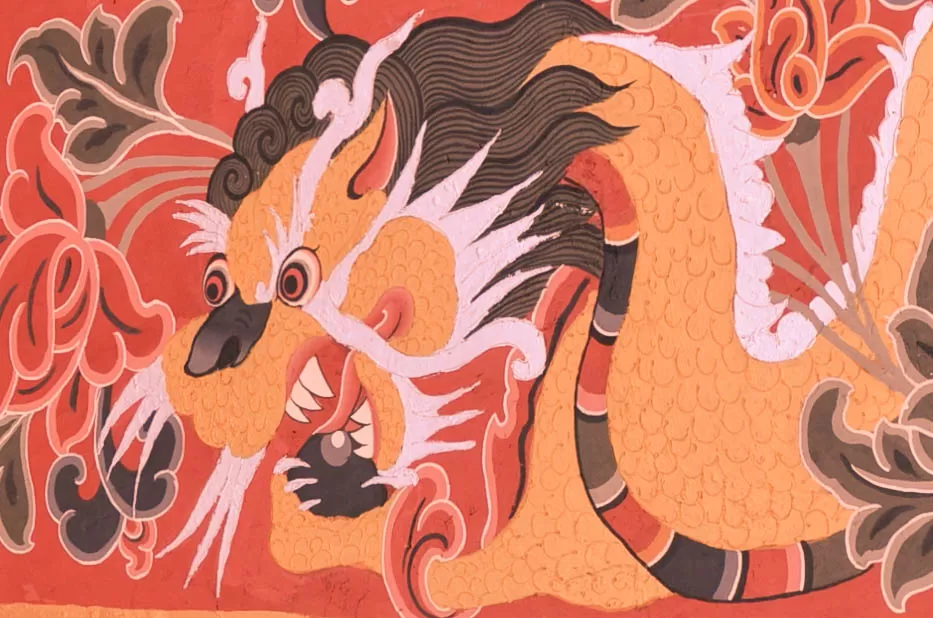
Importance of education is well acknowledged. Due to strict implementation and obedience towards the 'no smoking' policy, public areas look neat and fresh. No honking and loud crowds. Calmness and simplicity prevails. The people love the government and the government loves the people. Picturesque!
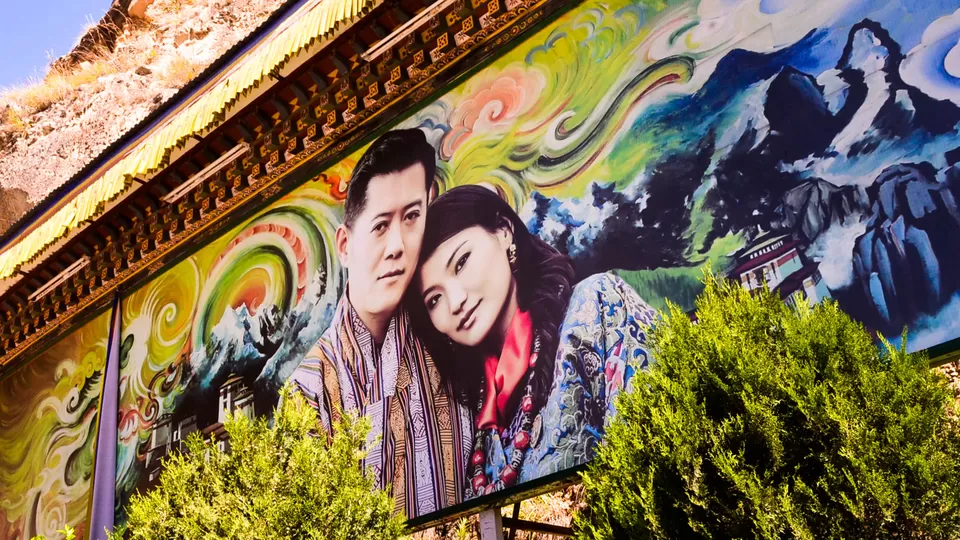
Food and Work
Curries/stews of meat, Ema Datshi (Chilli peppers with cheese and sauce), Bhutanese Red Rice, and Veggies/Yellow Dal is the standard meal. Beef/Pork/Fish lovers are in for a treat. The classic momos, thukpa and bathup are convincing.


Liquor is good, cheap and easily accessible which makes drinking a rather acceptable custom among the masses with healthy indulgence. XXX Rum, Druk Beer and Bhutan Highland whiskey are pretty smooth and feel rewarding in that climate. Small milate jao large banate jao.
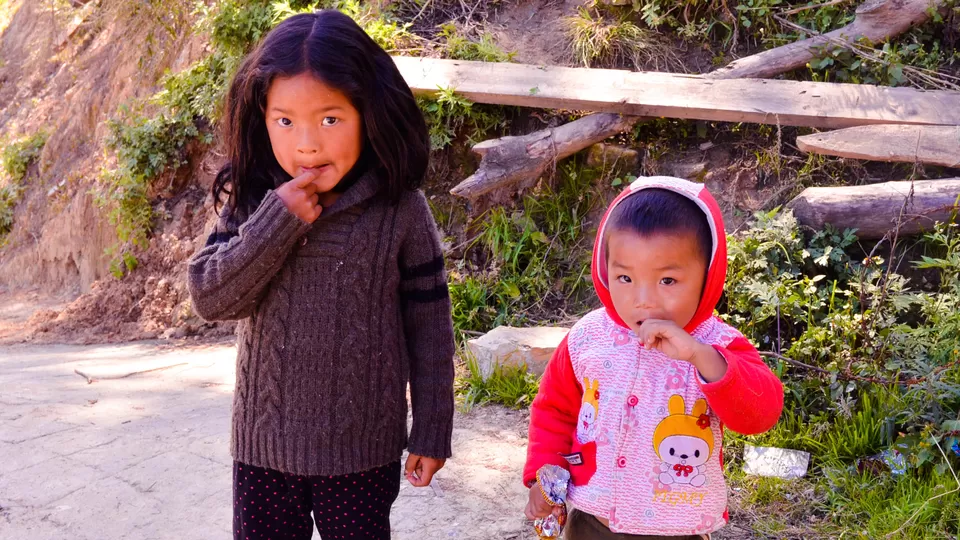
People engage in trade, run food joints/shops with family members as primary task-force and majorly work for tourism and the government. Farmers and herders look happy. Female employment is strongly evident. Most of the consumable goods are imported making it a good market for foreign brands. The quality index is as good as the happiness index. The day starts early and comes to an end by evening. A good lifestyle is appreciated and encouraged.
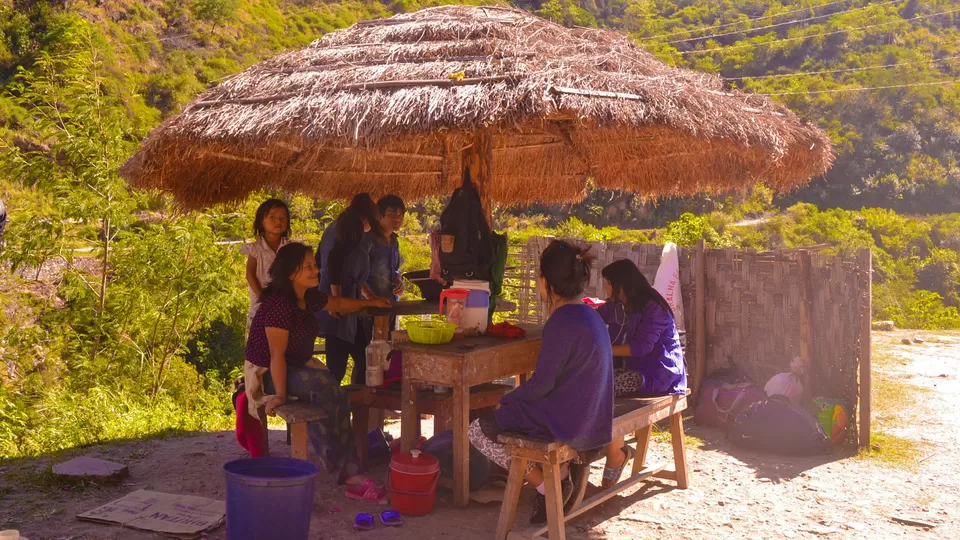
Geography
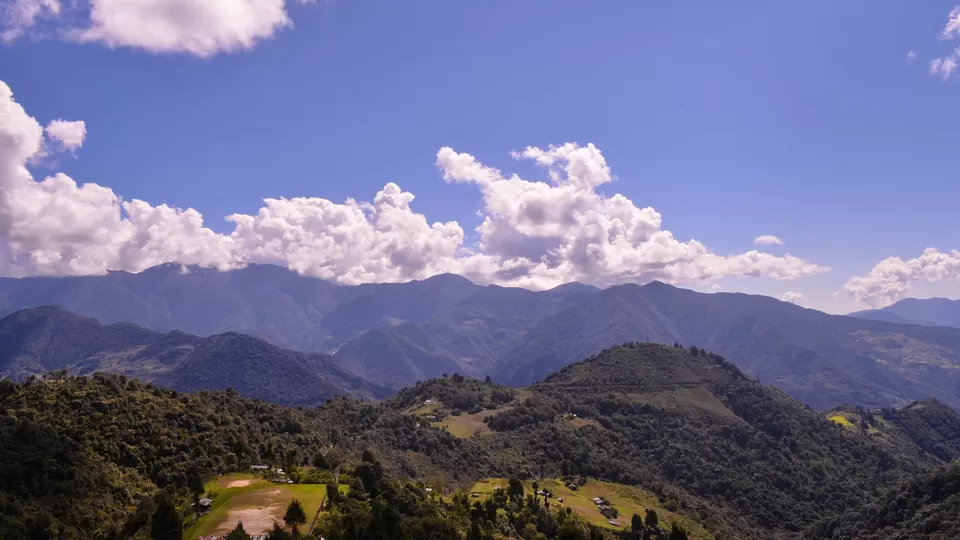
Based in the great and the lower Himalayas the terrain of Druk-yul is beautifully difficult. The gradient is steep and valleys are deep. Water bodies are flowing in all directions from brooks to streams and falls to rivers nourishing the landscape to the core. Why carry a bottle when you can drink from the clear mineral water flowing from a natural source. The air is as clean as it could be and the warm sun shines bright in the clear sky with cotton candy clouds hanging around randomly. View of the Milky Way is visible from higher altitudes at night.
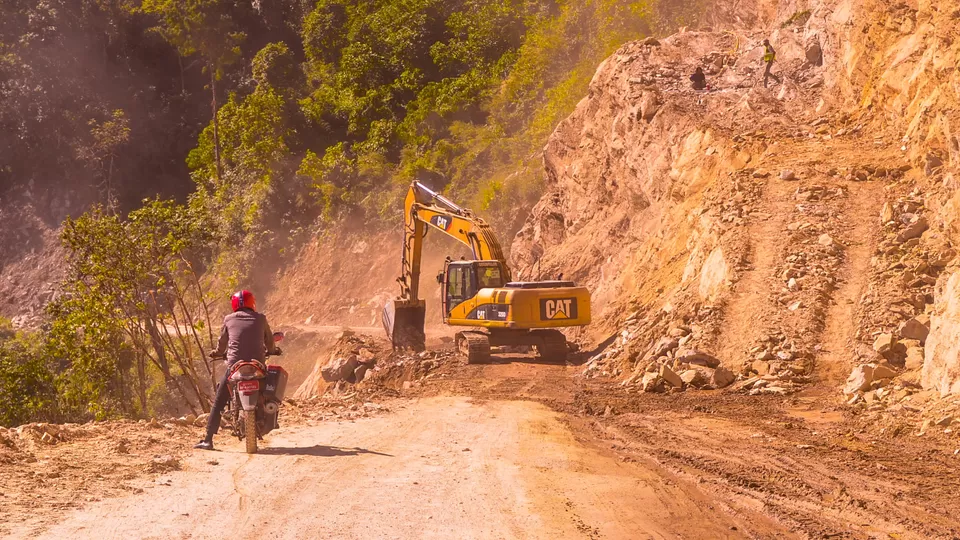
Landslides are a chronic problem due to both natural and man-made reasons (road broadening/infrastructural projects in progress spread across all national routes). Roads vary from top notch tarmac to mere depression trails on the ground. Lush green pines and naked mountains surround you. The flora and fauna is rich and undisturbed. All other thoughts are disabled as you submit to paradise. True immersion.
Riding with Royal Enfield
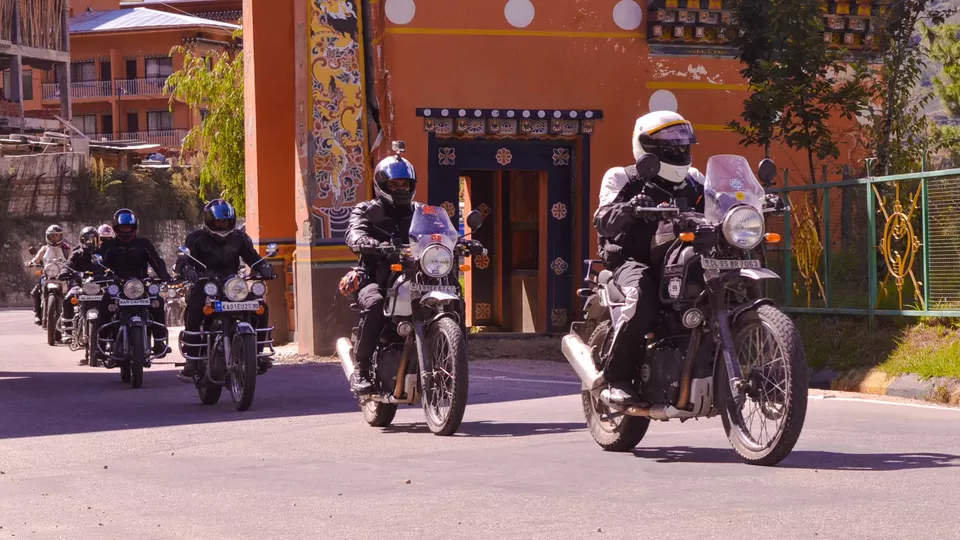
It was an extremely thrilling and entertaining expedition. 10 destinations, 12 days and over 1800 kms. Since it was a first for me I got to learn a lot about the vehicle and riding skills from the experts in the group. We were 17 riders with a doctor, other media personnel and the MVP - technician Suresh. Everybody was elder to me and well versed with difficult routes. Robinson and Shawn, our tour leads organised and coordinated it fairly well along with our Bhutanese tour operator Mr. Bhim.
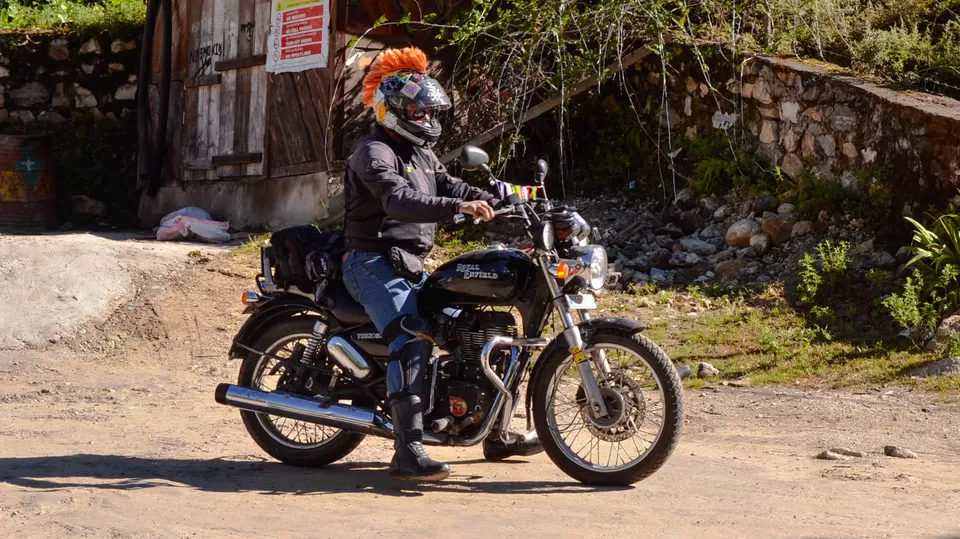
People from different regions (mostly southern states) had come together to ride in unison. Classics, Standards, Thunderbirds were there but half of us were riding the new - Himalayan. The vehicle absolutely justifies its engineering and nomenclature. With a great power to weight ratio and rapid acceleration it feels nothing less than an agile wild cat running freely.
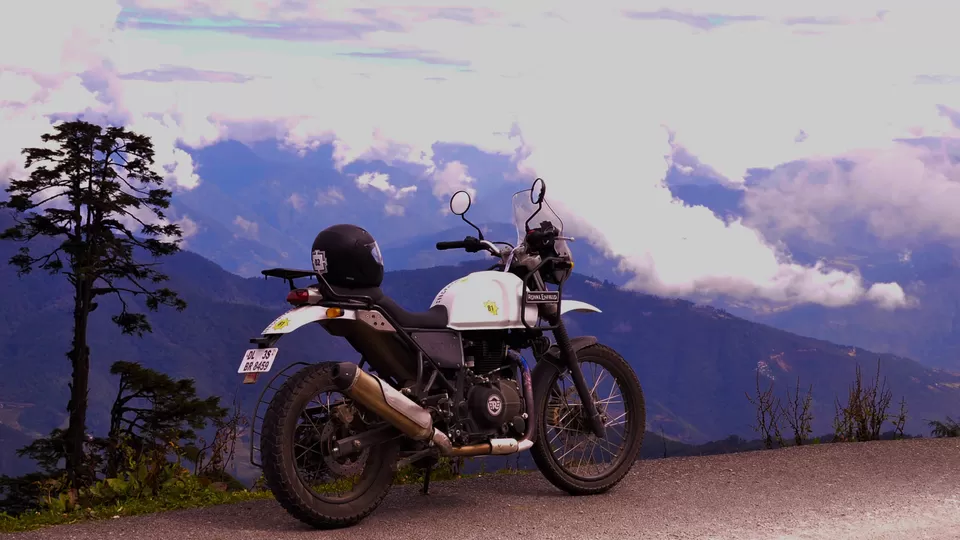
We were passing each other on the way signalling caution , attending to situations, helping in need, marking route direction or simply pit-stopping to catch a glimpse of the breathtaking view around us. You had to stop to capture the scintillating scenery every now and then. The bonds grew thicker with each passing day and riding buddies could be seen moving/stopping together. The itinerary though challenging, failed to tire us or bend our spirit. Brotherhood and honor amongst riders is inspiring.
Places I visited
Sharing borders with Jaigaon the place appears to be an extension of our Tibetan market. Based in the lower hills the weather is comparatively hot. Small town with a small market and the Immigration office as the most sought after spot.
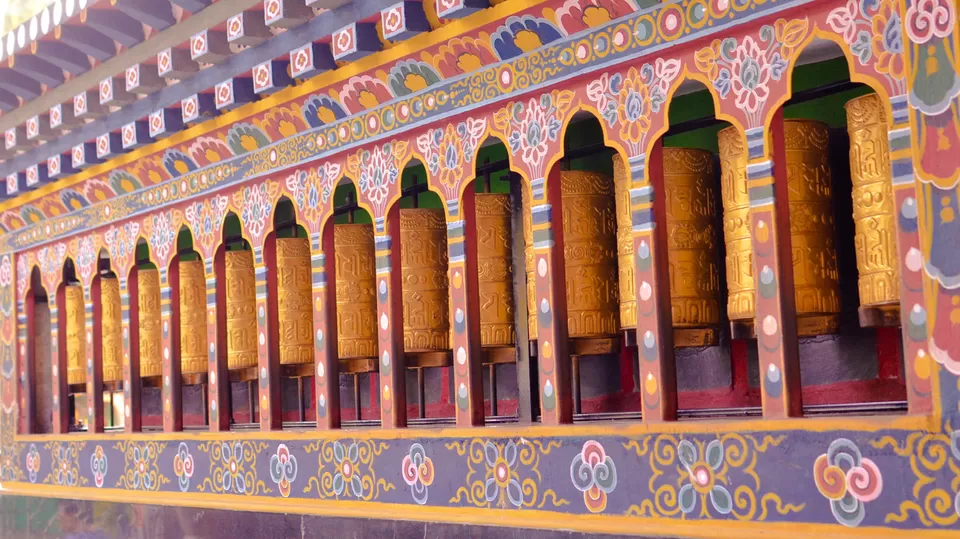
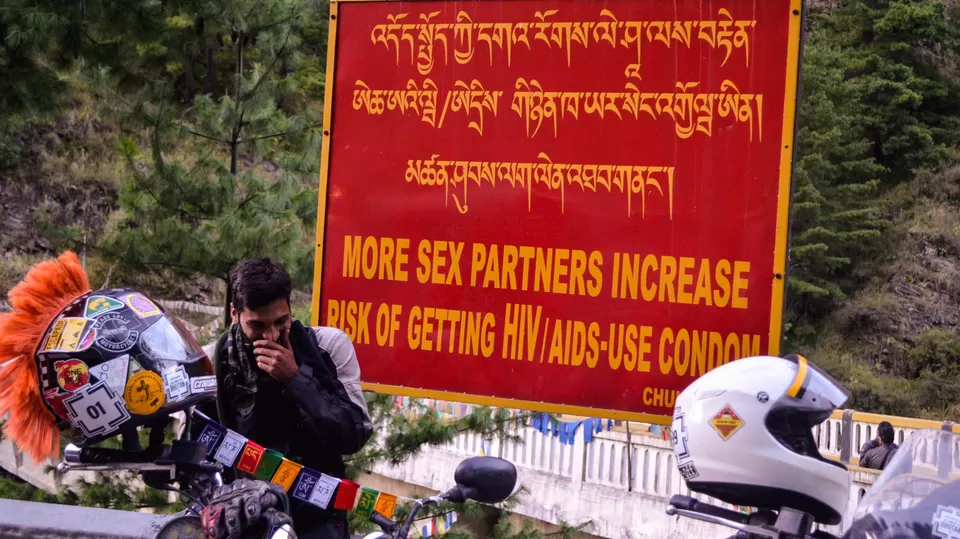
Reaching Paro was a task as immigration took too long and a situation came up at Tanalung checkpoint. One of our rider’s permit got swapped with somebody at the previous checkpoint Kharbandi. Despite the delay, we managed to reach the same day.
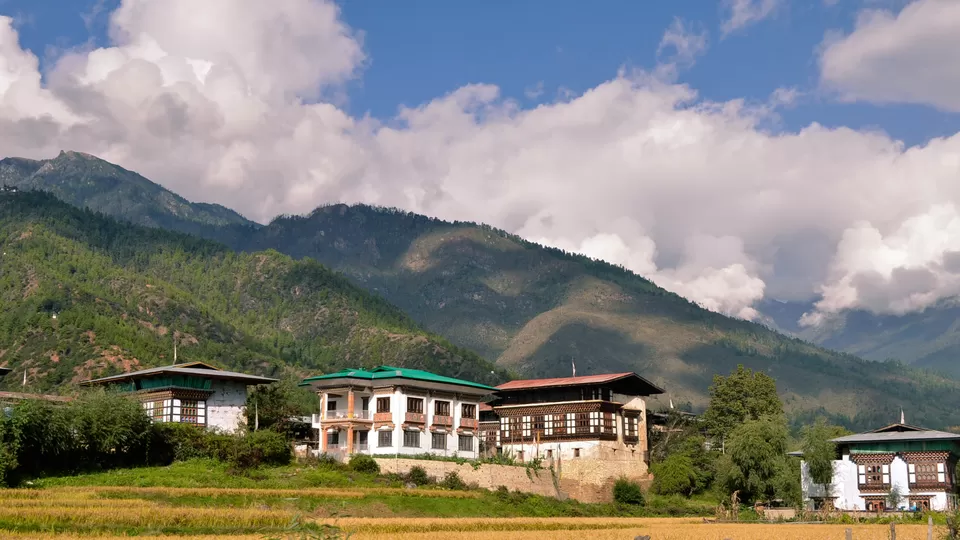
Paro is a location straight out of Ruskin Bond stories with a wide valley bisected by the Paro-Chu (river). The only international airport of Bhutan is a tricky one to land/take off. I got a splendid encounter of a takeoff from The Lhaki Resort with the airstrip right on the opposite side of the river. Crisp!
Also known as the Tiger's Nest Monastery, it is the biggest attraction for travellers through the world. It sits perched on a cliff and has immense significance for Buddhists worldwide. It is believed that Yeshe Tsogval who was a follower of Guru Rinpoche (Lord Padmasambhava), transformed herself into a tigress and carried Guru Rinpoche on her back from Tibet to Taktsang. It was one of nine caves where he meditated.
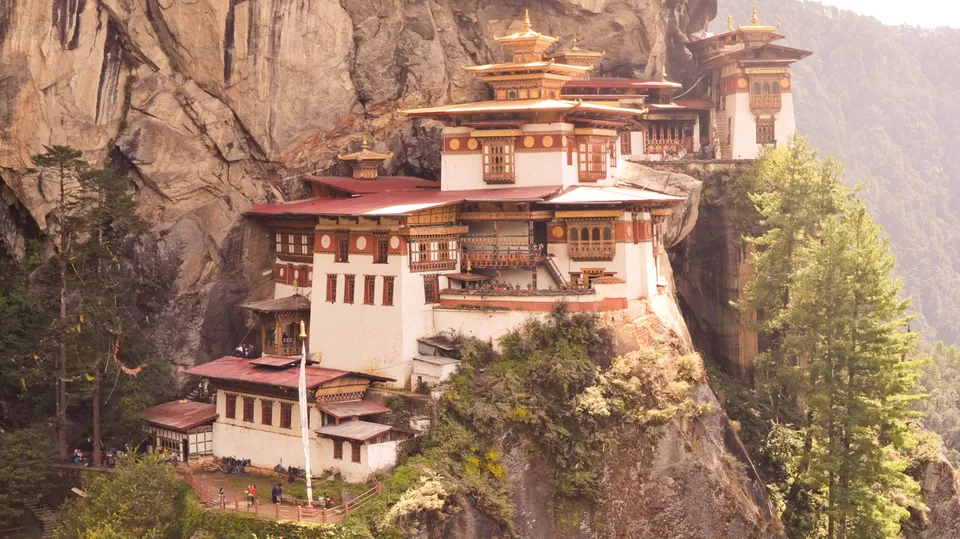
We started the trek from the base which seemed daunting initially. It took about 2 hours to climb and was worth all the effort. Since no gadgets are allowed inside the premises I couldn't manage to click pictures. There are temples and prayer rooms elaborately decorated with murals and other artworks in vibrant colours depicting mythical legends. Pilgrims and tourists offer money, food and utility goods in worship and burn butter lamps and incense. The cave inside the mountain is the highlight with narrow wooden ladders leading you deep within. The end point was minuscule, lit by a ray of light emerging from a crack in the rocks. I spent the most peaceful 15 mins of my life there. Never had I perceived such tranquility. How I wish I could be transported to that state of bliss again.
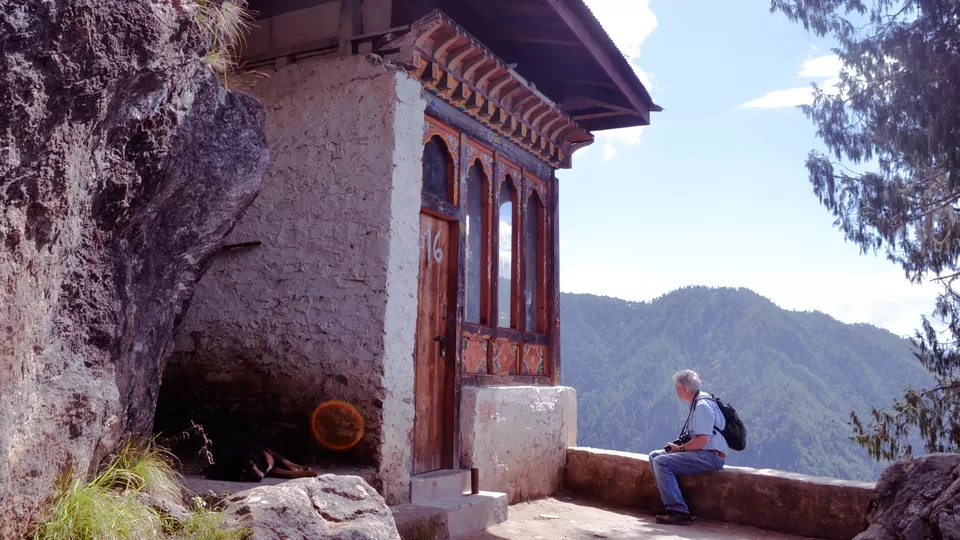
We crossed the Chele La Pass- highest motorable road of Bhutan - enroute Haa. Situated at 13000 feet above MSL we got chilled to bones as we were riding after sundown. I warmed myself crouched next to the engine with hands almost on the exhaust to revive sensation.

Although I missed the view of the valley I witnessed an HD night sky above. Goodness!
Haa was extremely low profile and quiet. It was the coldest place we stayed warming ourselves with whiskey and firewood. The staff attending to us (read women) in the Risum Resort were rather joyful as they sang and danced while carrying out their chores.


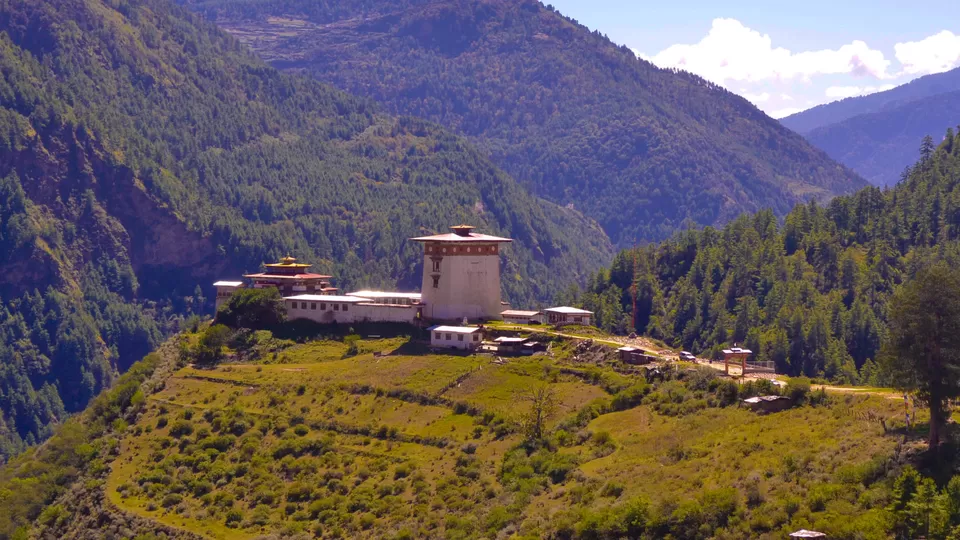
With 2 days in hand, Thimphu turned out to be very eventful. We stayed at Hotel Riverview. A local city tour was organised by Royal Enfield riders of Thimphu. They took us to the National Memorial Chorten (built in memory of the 4th King), Kuensel Phodrang ( Buddha Dordenma or Buddha Point), BBS Tower (photographic view of the valley below), Motithang Takin Preserve (Takin is the national animal - half goat half yak), Chagri Dorjeden Monastery (also called Cheri) and Phajoding Monastery. The market has a lot of goods and handicrafts to offer and live music/nightlife can be enjoyed at places like Mojo Park and Space 34.
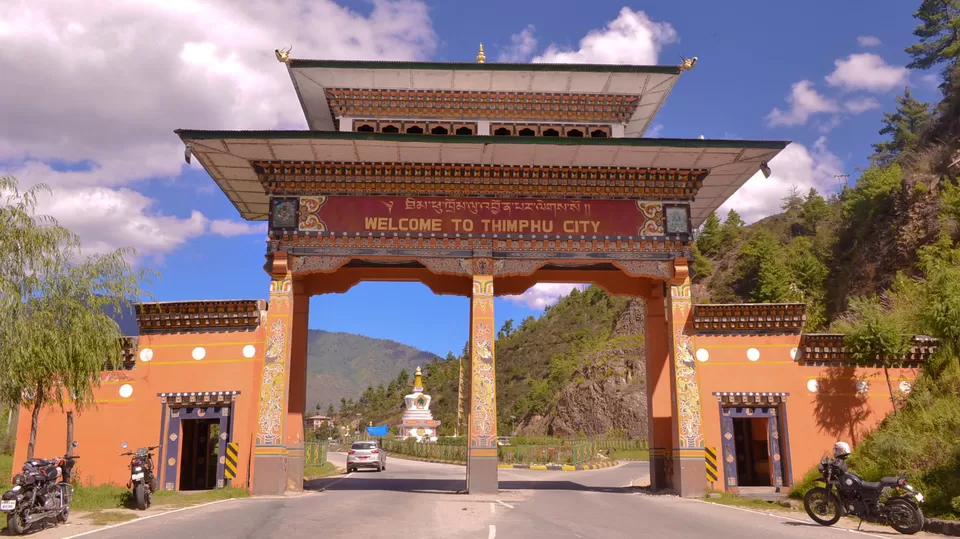
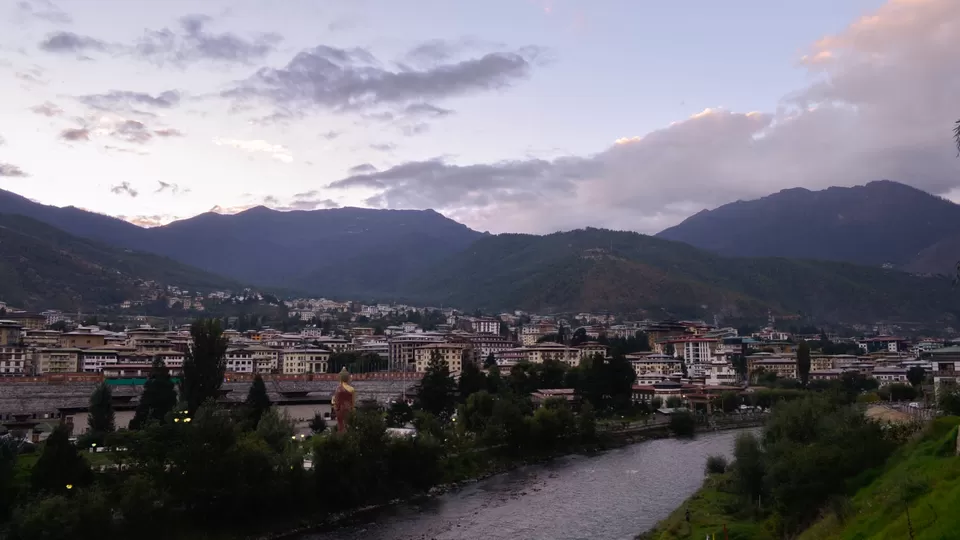
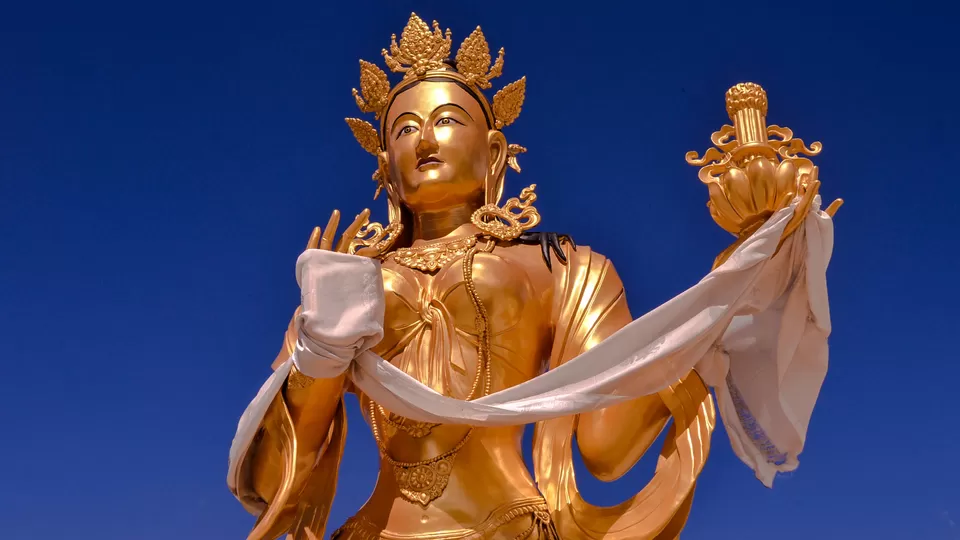
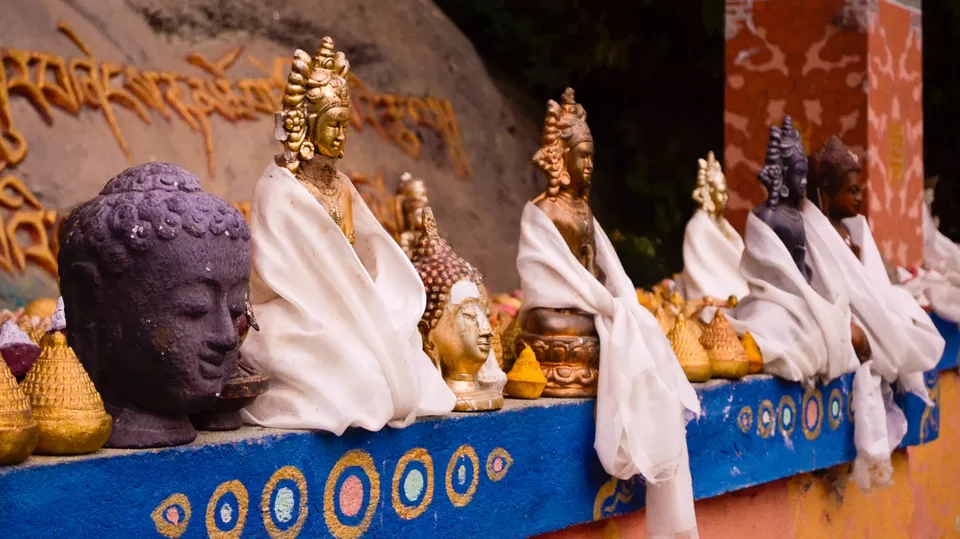
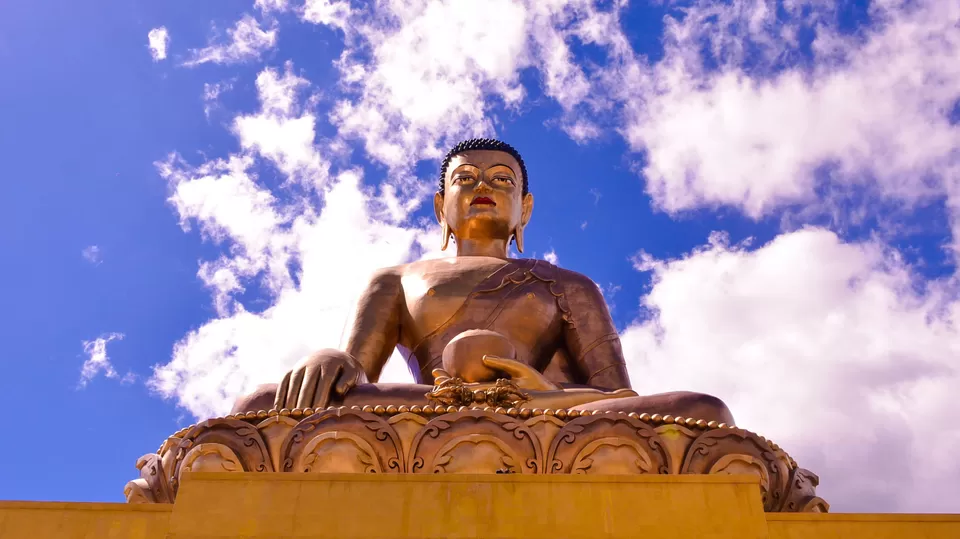
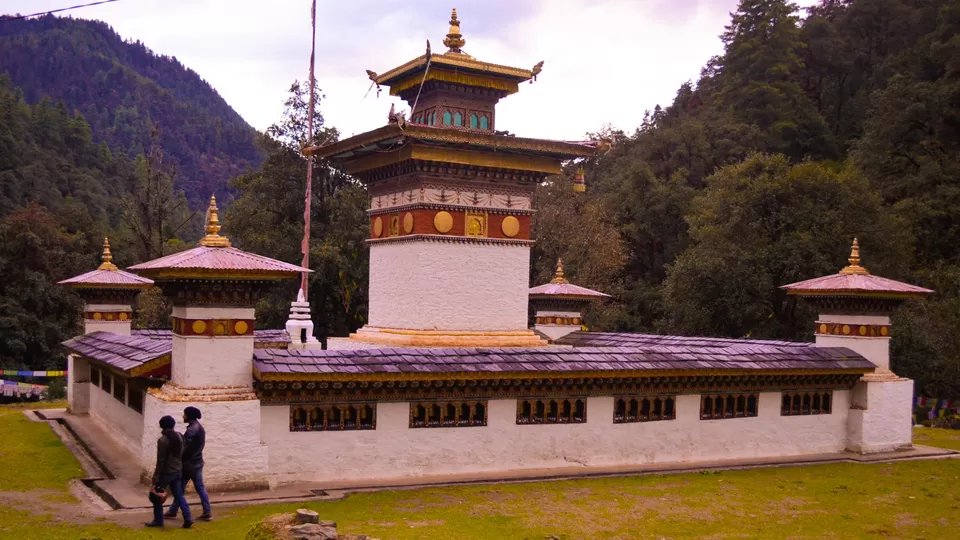
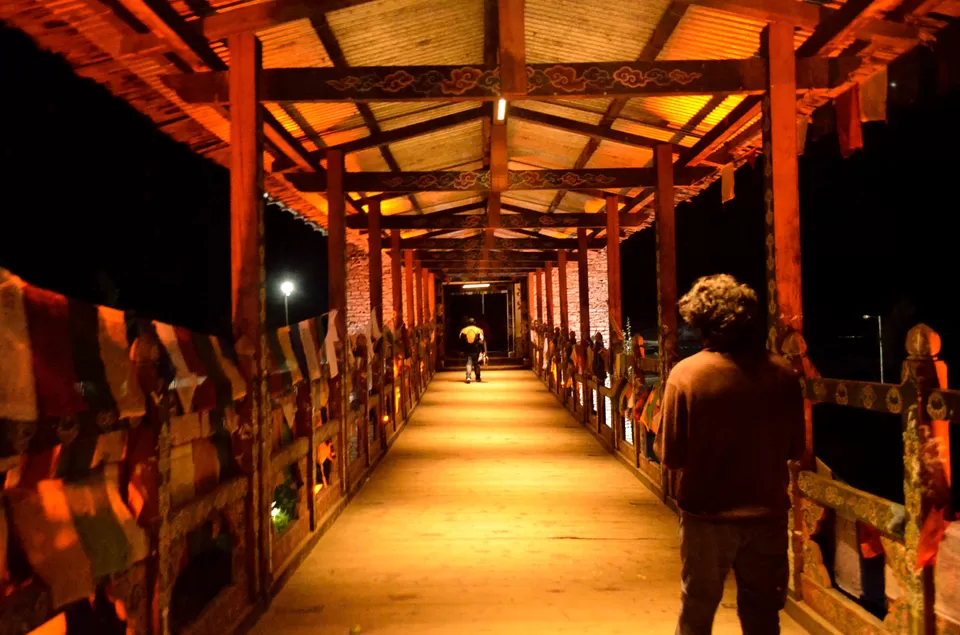
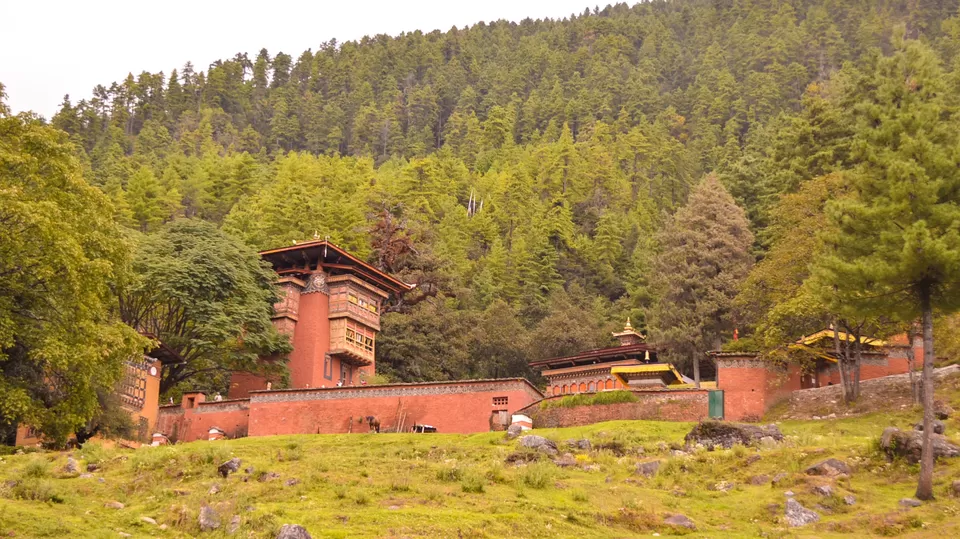
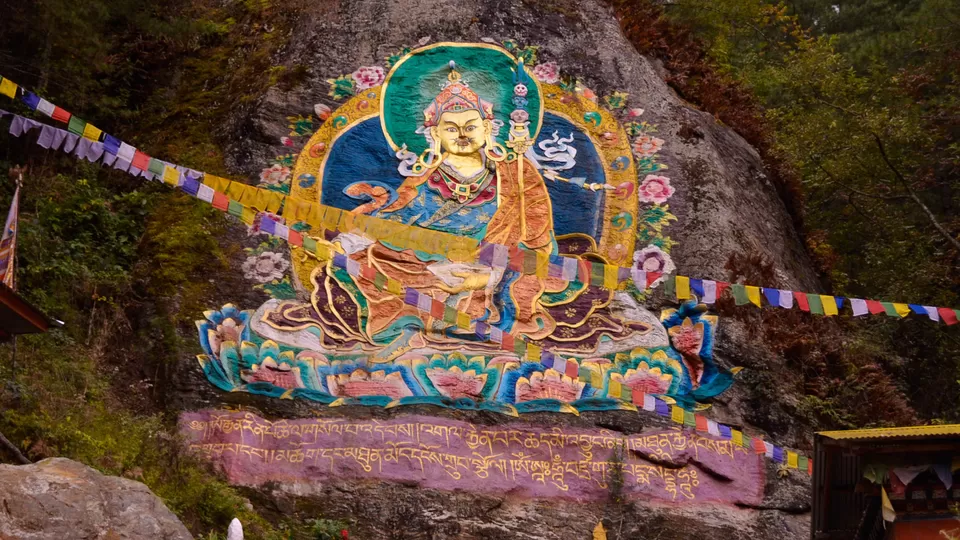
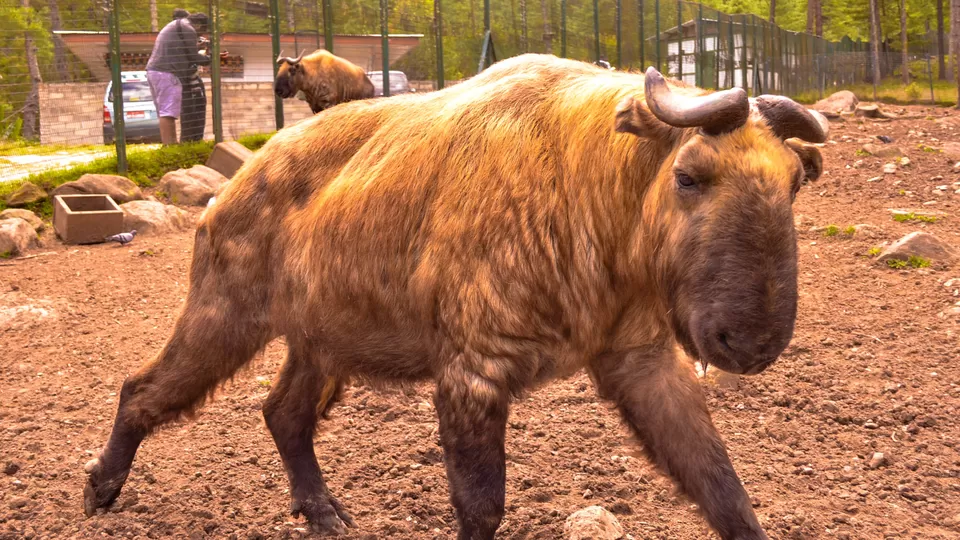
We crossed the second highest motorable road too, stopping at Dochula to enjoy a 360 degree view of the Himalayas. A hundred and eight chortens have been built as memorials for Bhutanese kings marking the auspicious place. A photography session was conducted with all the riders.
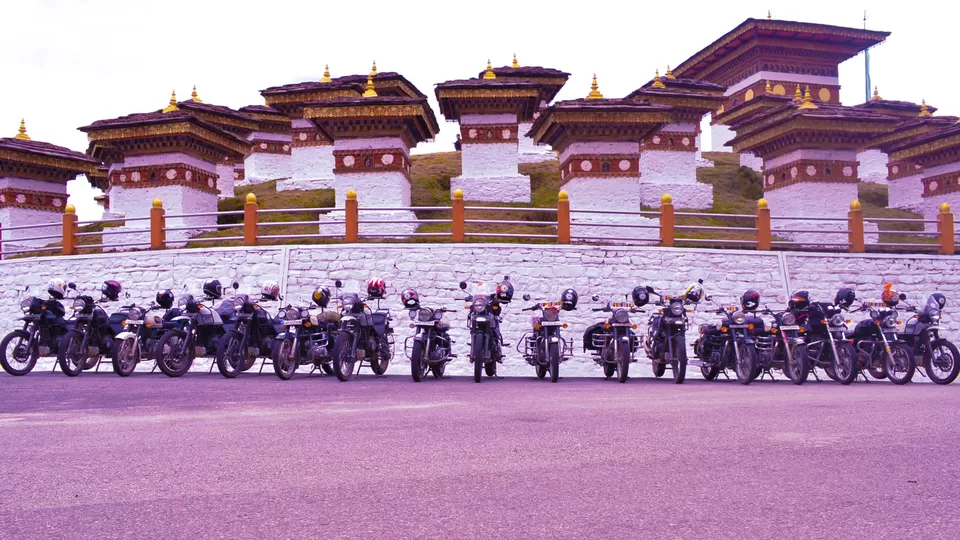
Tsirang was just a halt. We rode along the turbulent Punatsang Chhu and crossed the historic Wangdue bridge on the way reaching the Subway Hotel. I loved the cozy bed, that is all I was able to explore as the next day awaited the longest ride of the tour
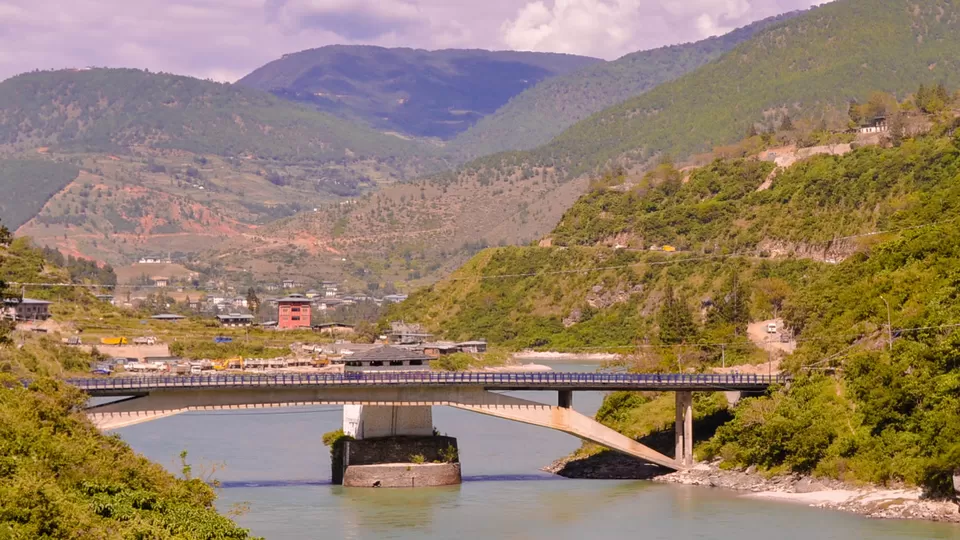
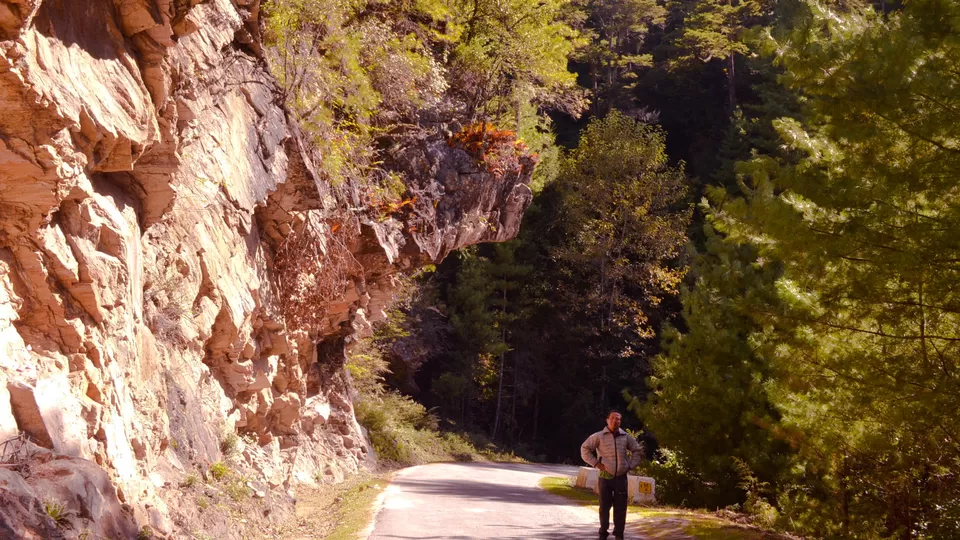
Reaching Trongsa (Stats) - Distance : 350 kms, Time : 14 hours, Checkpoints crossed : 2 (Sarbang and Cheso Pani), Casualities : 1.
Anand from the group met with a severe accident fracturing his shin bone. Our doctor acted timely and got him to a medical facility nearby. He had to be sent back to India for surgery. He is recovering fast. God bless him!
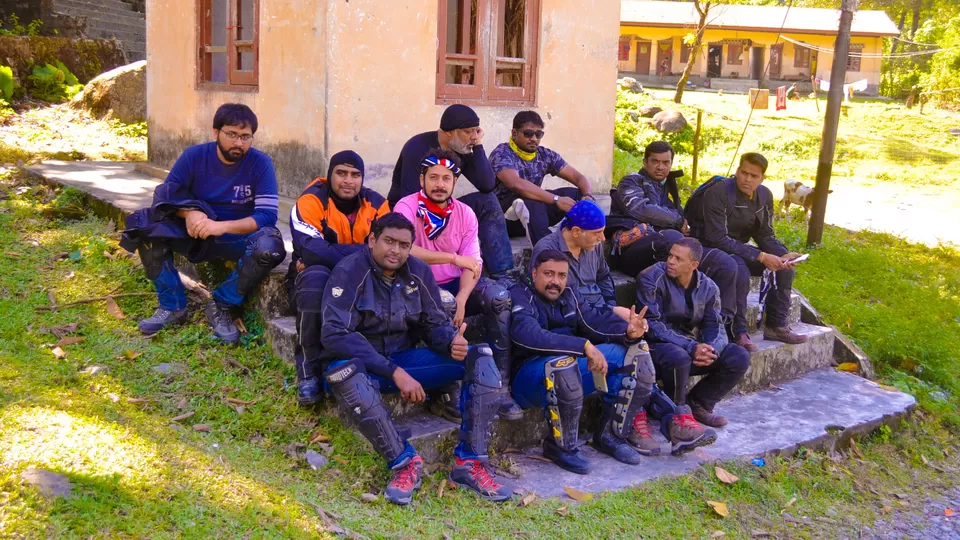
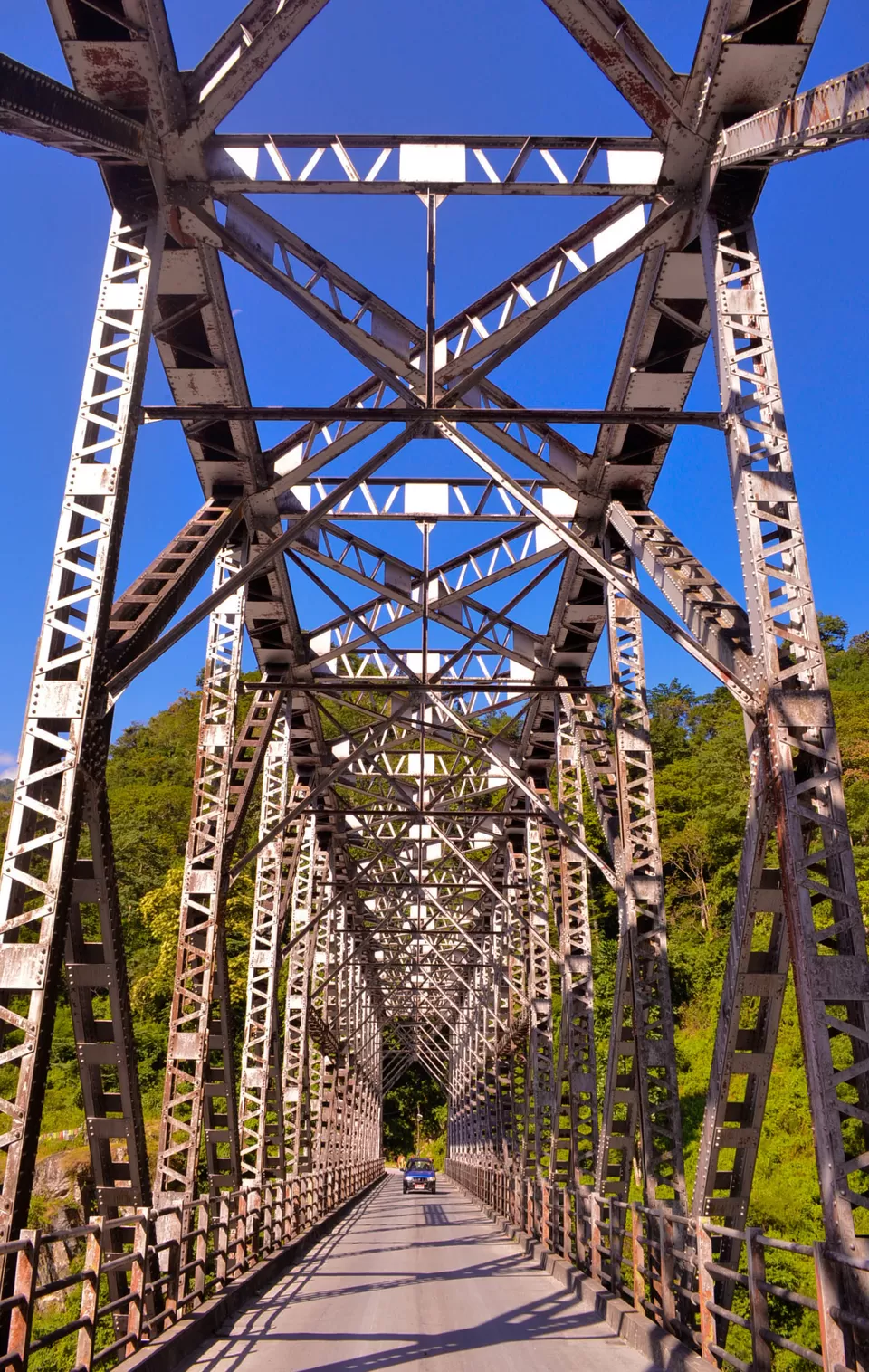
What happened next was unprecedented for everybody.
We were stuck due to a landslide which couldn't be cleared until morning. But we had to reach our destination (which was close) anyhow as per plan.
We approached Gammon India Limited which was working on a hydroelectric power plant project. After seeking special permission from the authorities they allowed our convoy to pass through their network of water tunnels inside the mountains. No two wheeler had ever entered this stretch before.
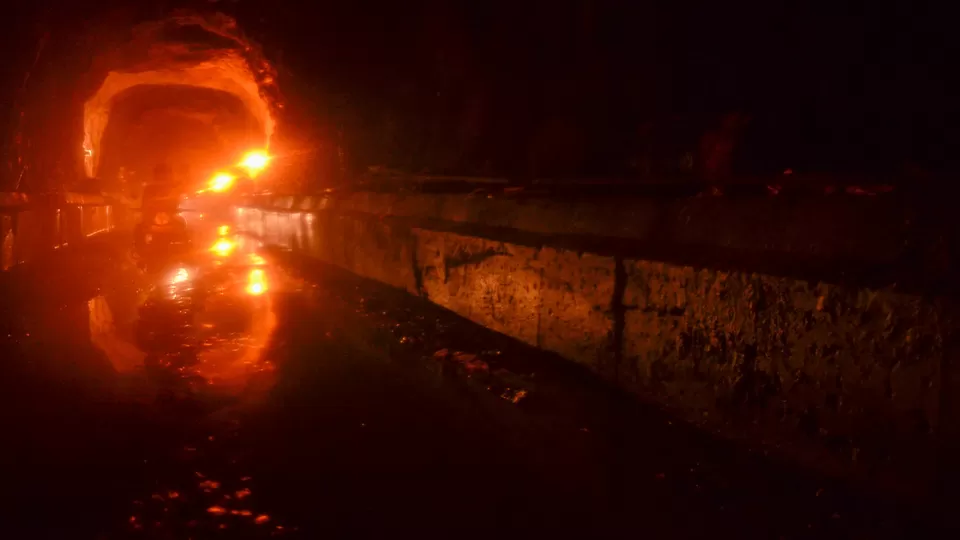
We crossed the huge tunnel led by an escort vehicle, wading through knee deep water, particles falling from above and the thundering boom from the blasts happening right above us. Damn! Passing through was one strategic operation. Now that was astonishing. What a day!
Although we bypassed it, I could manage to catch a glimpse of the so called Switzerland of Bhutan as I had to fuel up. We regrouped at the Thurimshingla Pass ahead marked by a traditional welcome gate and a stupa.

We stayed the night at Hotel Druk Zongar. Located higher than the other structures in the small town, we got a nice view below.


The plains arrived soon and so did Samdrup Jonkhar. This was another small border town with few roads and crossings and most of the residential area settled around the main market. A popular pizza place opposite to our hotel was chosen for lunch. We enjoyed some pizzas, bathup and momos for the last time. In the evening I walked around the market grabbing some local handicrafts as this was the last stop in the country. Next day we left for Guwahati.
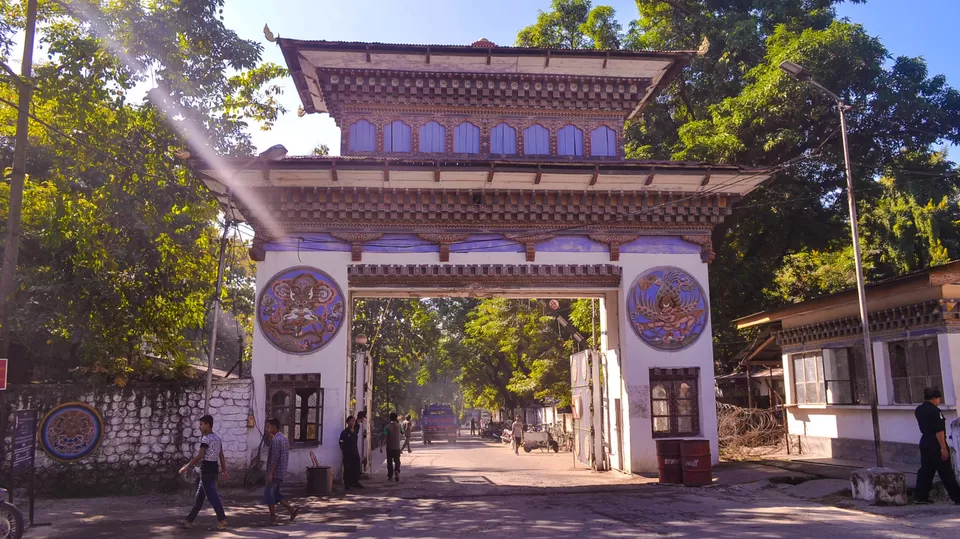
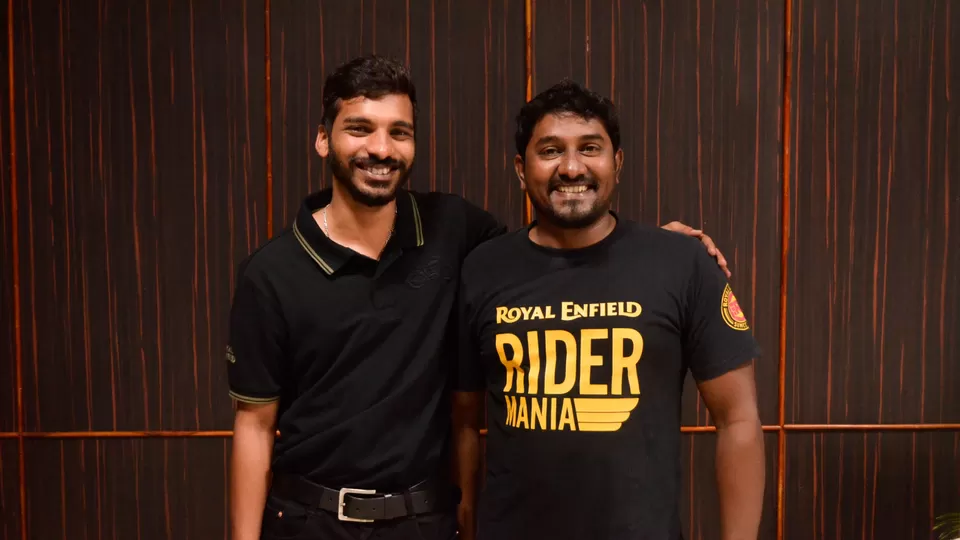
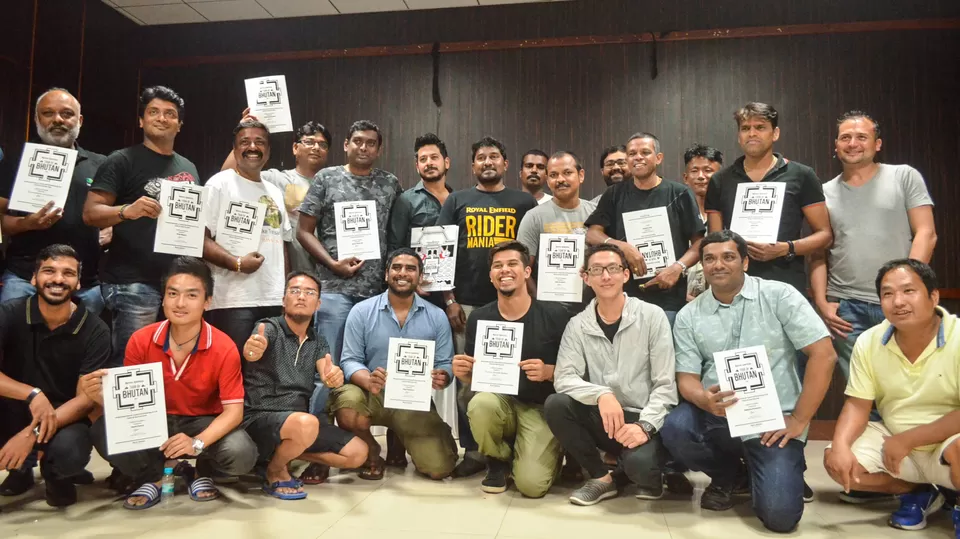
What I learnt
I left Bhutan with much content and exuberance. Experiencing the simple joys of life in the belittling landscape had elevated me to a higher state of consciousness. I had been dwelling in a rather chaotic space feeling stuck without reasons for a while now. It is funny how we know all the answers but realize their true essence with time at our own pace. Breaking monotony and evolving perception is the key to personal growth. I emerged with a clearer thought and learnt the most important lesson Bhutan had to teach - happiness. Cheers to Life!
|| Om Ma Ni Padme Hum ||
Frequent searches leading to this page
Bhutan tour packages price, Bhutan tourism for Indian, Bhutan tour package cost, Bhutan tour plan, Bhutan tours and travels, Bhutan trip cost

Frequent searches leading to this page:-
Bhutan tour packages price, Bhutan tourism for Indian, Bhutan tour package cost, Bhutan tour plan, Bhutan tours and travels, Bhutan trip cost

